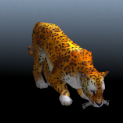Leaderboard
Popular Content
Showing content with the highest reputation on 2021-02-24 in all areas
-
Certainly any feedback is very useful (mainly what is wrong), but it is fair to bring some improvements too, like: 1 - stronger cavalry 2 - ranged units weaker 3 - champs back to the game 4 - spear cavalry attacks correctly now 5 - cant dance 6 - hero cannot be trained after dying 7 - melee units chasse easer 8 - formation works better etc.., etc... It seems to me that there are more positive changes than negative ones, so I think we are on the right track. What I can recommend to you is to keep playing and maybe have a different view.4 points
-
hi guys. i wanna say some reason that why alpha 24 is not good. 1- sound is not good. when u fight u even cant feel it because action sound is hard to hear even if u put it to max from settings. a23 had very nice sounds i have no idea why devs changed it. 2- there r low differences between civs now and its not interesting. in fact if civs r almost same the game will be boring. in a23 there r enough differences between civs. 3- economy of a24 is terrible. a23 had much better economy. why devs changed it ? in a24 its hard to reach 200 pop and u r always run out of wood. 4- a24 is less realistic. for example how possible catas and rams cant atatck soldiors ? its really boring. and how possible bowmen r able to destroy catas and bolts ? 5- the game is still laggy. i even think lag in a24 is more than lag in a23. its why many players prefer to host 3v3 games and avoid 4v4 games. 6- in a24 u r less able to rush. no rush no fun. rushing makes games more realistic and thriller. i think a23 is much better than a24. in fact a24 is like a different game. when i play it i dont feel im playing 0ad ! im looking for new game ! any suggestion ?3 points
-
I was playing around with the high water shader. I wanted to try two things: Using LOD bias in reading the bottom texture in proportion to the depth, to increase blurring. This is NOT because water blurs light passing through it; it is a surface effect, namely that waves are fractals, even at small and smaller range there's waviness, and this produces angular scatter, which then becomes a larger and larger absolute area scatter the longer it travels down from the surface. In the shader, if I'm understanding the code, there's blurring of the bottom done manually by doing a bunch of reads with displacements, and averaging the values. I wasn't going to mess with that, but was simply going to add a computed LOD bias, so that each of the reads would itself already have some blurring. I found, to my surprise, that our terrain textures don't seem to have LOD's. This is strange, because a texture with LOD's typically scales more smoothly as you zoom out than one without, which is quite desirable even if you are not manually trying to use bias. So that effort failed. The other thing I wanted to try was using a real Fresnel formula for specularity. As soon as I did, sky reflections nearly disappeared, and the waves became hardly noticeable; so I boosted the brightness of the sky-box, and multiplied the xy of the water normals by 5. This is real Fresnel ... almost; the algorithm is called Schlick's Approximation, but it is an approximation used in science; far more accurate than typical graphics approximations. The reason waves became more subtle is because the waviness was, in fact, rather subtle, as the Fresnel approximation that was used dramatically increased their visibility. It looks different, and I like it, and I'm going to keep my high water shader mod for my own playing; but it may not be for everyone. The waves look more realistic in my eyes, but also a little rougher. This, again, tells me this shader could use a uniform to control wave strenght for island hopping in rainy, stormy days. There may also be a need for the map to control wave strength. The strength I got I think is pretty good for seas, but lakes could use far less strength. Notice how distorted the reflections are in the second shot below. Some lakes could use an almost complete absence of waves. (Then again, rivers could use increased murkiness.) EDIT: Never mind; there ARE uniforms for waviness and murkiness. ((Actually, I may have stepped into some trap in the code... something affecting how reflections alpha-blend. The reflections of the dock got too faint I think.)) Here's a comparison screenshot: The original waves first: The modified shader second: There's a ... #define USE_FRESNEL_APPROXIMATION 1 ... that I threw in there, that causes the original code to compile. Commenting it out causes my mod to compile. Cheers! water_high.fs3 points
-
Saying that you don’t feel playing 0a.d doesn’t make sense because 0a.d isn’t a ready game, it’s constantly changing, but I understand that, it’s been a few years playing the same version, it’s normal to feel different, but you can get used to it with the changes. Anyway, we can bring some necessary changes back in a25.3 points
-
What is AutoCiv This mod is an aggregation of features meant to enhance the 0 A.D. game experience. I usually implement these extra features as they come up with no general plan in mind. Download (how to install section below) autociv.pyromod autociv.zip Feature list General Readme: press Shift + F4 to open Player mute Player reminder (show a written note when a certain player joins) *** Link opener (opens URL links from the chat) Help command: type /help to see all available commands Console with autocomplete (Ctrl + C + L) Lobby Resize bars Host name mark Remember playerlist state Better performance when reloading lobby Shortcuts to create host, navigate gamelist Game setup Auto-assign civilization with chat (only works if host has the mod) Custom population limit Custom starting resources Custom map size Countdown to start the game Maps Skirmish Volcano island (8) In Game Hotkeys for (see hotkeys with hotkey viewer) Buildings placement Multiple buildings per hotkey (optional, user.cfg) How to use: Copy the hotkey you want and remove the "hotkey." prefix, next replace the hotkey key for the buildings you want to cycle and separate them by a space. Buildings selection Units selection Formations (selected units) Stances (selected units) Auto-train (selected buildings) Minimap expand Custom selection filters by: health rank class group Pause game overlay now shows only in the top area Stats overlay Settings Max corpses visible Download options Download and install from one of the two files from the start of this same page. Download and install manually the github repository (instalation file on the releases section) https://github.com/nanihadesuka/autociv Use 0 A.D. mod downloader (not always newest version) https://0ad.mod.io/autociv Instructions to install MacOS (thanks @HMS-Surprise) Linux/Windows: Open the downloaded file with (both ways should work): pyromod file: Double click the file (should autoinstall the mod for you and send you to the mods page inside 0ad) Right click → Open with → 0 A.D (or pyrogenesis.exe) ** NOTICE: in Alpha 25 the pyromod installation will trigger an error message: to fix just disable autociv, restart the game and enable autociv again. zip file: Copy folder inside the zip file into your mods folder Mod compatibility(s) The mod is compatible with: 0 A.D 0.0.27 Probable to work alongside other community mods as balanced maps spec mod (monitor) custom_rating boonGUI Should work with all mods that don't have extensive code changes. More stuff & goodies For more info just read the whole thread where I post new features. Questions & feedback You don't understand how it works? Feeling confused? Just wanna comment? Ask and post. Source code public repository https://github.com/nanihadesuka/autociv2 points
-
2 points
-
I see the a24 server full now. It is normal, every alpha has adaptation complaints. Anyway this is not a dispute between a23 and a24, you can continue playing a23 without problems if you didn't like a24. But in no way will we stop the development of the gameplay and stop in time with a23, as I said before, this is in constant development and some descriptions had to be taken to fix many things that were wrong.2 points
-
Did u ask yourself why many players didn't like a24 and got back to a23 Also I think a game should be developed in a line, unfortunately devs broke the line and made something new, even strong players r learning the game again... Also they mostly didn't like it. About archers they r too strong. They even kill spears and pikes easily. Really hard to counter them. Now archer civs r crazy strong Just image many units try to destroy seigs like rams that r supported by many archers. That poor units r easy target for archers then they die easily. I even feel devs removed the random for archers attack or at least decreased it!2 points
-
Is rams attack soldiers realistic? Catas and shooters have soldiers operating, so in theory archers would be killing those soldiers and not attacking the catapult, and it was also to balance, because these units are now stronger. Rush is still very plausible, I already proved it in my games, I won all with rush (although I don't like the rotation). Say that civilizations are the same now for me is not true.2 points
-
True. I feel like the unique gameplay mechanics that every civilization had in alpha 23 has been exchanged for a more generic version that is a fit-for-all that imho makes it less interesting.2 points
-
Religion is a matter of belief and rites, understood as a system of thoughts, of practices which found religious institutions and determine the function they perform in society. The relatively recent development of protohistoric archeology, in France as in most countries of Europe, has brought out from the subsoil an important body of documentation that simply did not exist 50 years ago. It will thus be difficult to find, in the sum of works and articles which were devoted to the religion of the Celts until the beginning of the 1990s, the slightest trace of sanctuaries, war trophies, sacrifices and banquets which founded and today structure our knowledge of religious practice in Gaul. The excavations at Gournay-sur-Aronde and Ribemont-sur-Ancre were revolutions in our perception of the religion of the ancient Celts. Many other places of worship and shrines have enriched our understanding of their society since then, but these two particular cases remain unique. Gournay-sur-Aronde is the better known and also the more presentable of these two examples. I will therefore present Ribemont-sur-Ancre first because it is really very interesting and fascinating. Ribemont-sur-Ancre (Somme department, Picardy, northern France) is significant because it reveals the existence of a forgotten battle, which was held in the middle of the 3rd century BC. Since the first exploration works done by archaeologists in 1966, Gallic weapons have been brought to light at the place of what was later recognised as a great monumental temple. They were then interpreted as burial remains later upset by the builders of the temple. We will see further that the encounter of Gallic objects and Gallo-Roman remnants on the same place is not due to coincidence but illustrates the story of a site used for nearly seven centuries. The discovery in 1982 of a strange set of human bones aroused more attention among archaeologists. It was composed of 2,000 bones coming from superior and inferior limbs which had been carefully lined up and crossed to form a kind of cube around a cylindrical cavity which contained burned splinters of human bone. It turned out that such a set had nothing to do with a funeral. More extensive research needed to be done. The bones found in 1982 Fifteen years of excavation were devoted to the study of these Iron Age levels. The topographical context provides interesting information. The place where the foundations of the great Gallo-Roman temple and Gallic remains were found is located in the valley of the river Ancre which flows into the river Somme about 15 km away. Its precise location is on a little hillock on the edge of the plateau. However, it is not situated at its top but slightly lower, on a slight slope which overlooks the valley. This area is actually an alluvial plain, perfectly flat and measuring 500 to 600 hectares. The Gallic site of Ribemont-sur-Ancre, later reoccupied by the great Gallo-Roman temple and its sacred surrounding wall, is located on the upper part, whereas the rest of the Gallo-Roman sanctuary (amphitheatre, thermal baths, residential area) go down in the valley to the river. This was the main motive for a careful archaeological survey of the place threatened by nearby construction projects. The Gallo-Roman temple The Gallo-Roman cult complex The site survey revealed the presence older enclosures nearby dating from the La Tène period, an Iron Age period in relation to the Gauls. Excavation revealed a very well-structured set of three enclosures which appears in the form of ditches and walls made of wood and cob. It is one of the characteristics of built areas in northern Gaul to be organized in such a manner. Agricultural domains, burial sites and fortified places are always quadrangular spaces bounded by more or less imposing ditches whose size corresponds to the nature of the built area. Circular enclosures are rarely found in the Middle and Late La Tène period. The three enclosures from the Iron Age These three enclosures differ architecturally. The square enclosure is bounded by an impressive ditch more than 2 m deep, remaining open, which is not doubled by a fence or a wall. The great trapezoidal enclosure consists of a wall made of wood and cob on which leans a portico on the inner side. The portico is composed of a roof resting on the wall and on posts in the front. The circular enclosure has the shape of a tower, closed by a thick wooden wall covered with cob, more than 6 m high. Inside these three spaces there was no building strictly speaking. But deposits of human bones and weapons allow us to imagine what the function of each of these spaces actually was. The quadrangular enclosure is just like one of the Gallic sanctuaries such as Gournay-sur-Aronde which were brought to light with accuracy for the first time in Picardy. It has the same plan and the same dimensions. The interior space is occupied by what seems to be a sacred wood, a grove about 20 metres wide. But it differs from it on important points: there is no altar in the shape of a large pit in the centre of the space, as it is always the case in sanctuaries. Here at Ribemont there are four altars of a different aspect located in each angle of the enclosure. These constructions were made of long human bones, forming something that looks like copings around little cylindrical wells. Of the four corners of the sacred space, only two were sufficiently preserved. In the eastern part, those who carried out the excavations unearthed a large pile of human bones, but in no recognizable order. But in the northern part they found what they called "the ossuary": an altar built of human bones - tibias, thighbones and humerus for the most part - measuring ~1.6 m on each side and with a height still preserved of 0.70 m. In the center of the altar was a hole, narrow and deep, which was filled with tiny pieces of burnt bone. This is the 2000 human long bones found in 1982, they were used for this construction. The rectangular enclosure is not closed by a thick wall isolating it from the secular world as sanctuaries usually are. Instead, there are strange constructions on the outer edge of the pit, on three sides: north, east and south. They are long wooden slatted cases (50 m long, 4 m wide and around 1.5 m high). They were full of human remains and weapons, set down with no apparent order. Finally, there is no monumental porch opening to the east: on the eastern side, common to the two quadrangular enclosures, the portico of the trapezoidal enclosure is used as a propylaeum. So it is certainly a sacred enclosure but it does not have the characteristic of sanctuaries. The lack of animal bones proves that sacrifices of domestic animals were not made. Reconstitution of a corner of the quadrangular enclosure with the ossuary Another reconstitution of the ossuary The mass grave, which is located in the eastern part of the quadrangular enclosure, is a deposit of 20,000 human bones that belong to more than 120 individuals, all male, young and rather tall. 300 pieces of weapons accompany them. The vast majority of the bones were found outside the enclosure, but some also on the other side of the ditch. But the skeletons, although found partially in anatomical order, were not complete. Many of the long bones were missing, and especially the skulls were missing. In this situation, one thinks of a process as follows: First, a crowd of beheaded warriors with their weapons were exposed on a platform elevated above the ditch. After their dismemberment, their long bones were used to erect the altars. The bones of the body were broken and burnt and finally put in the hole in the middle of the altar. Interpretation of the platform as a trophy and its degradation The trapezoidal enclosure, with the exception of the circular structure which is in its centre, revealed far fewer extensive archaeological remnants. They are also of a different nature. They are essentially animal bones, leftovers of food, and a few iron weapons discovered in a bad state of preservation. These remains were lying on the ground surface and therefore were badly preserved. They have to be related to the construction at the location where they were discovered. Porticos surrounding the wide space of the enclosure probably hosted men who shared meals. Such enclosures, significantly larger than the sanctuaries, were repeatedly discovered in the north and centre of the Gaul, and have the same characteristics. The circular construction in the centre of the previous space is the most unusual: in the Early La Tène period, the circular plan, used previously in necropolises, was no longer used. This laying out is strikingly monumental. It is a totally closed yard with an opening in the form of a small door made in the enclosure wall. The wall in wooden posts, covered with wattle and cob, was likely to be 6 m high. It was covered by a coat of clay, thinly smoothed and adorned with engravings. The interior of the space was almost empty. The remains of a paving made of sheets of flint were found there and, above all, a gigantic ditch, in every respect similar to hollow altars of sanctuaries. It contained extensive archaeological material: human remains of about 30 people, animal remains, ceramics and iron weapons. Similar material was found in the ditch of the foundations of the wall, where it was spilled, once the construction had been entirely and carefully taken down. The plan of the enclosure, as well as the material which was found in it, leads us to think that it had a funeral function. Reconstitution of the three enclosures in the landscape (not all elements are visible) This architectural complex at Ribemont is, at the present time, unique in the archaeological literature. It shows undeniable similarity with a well-identified laying out, composed of a sanctuary, an enclosure for banquets and a funeral enclosure. In spite of that, its general function is not obvious. We have to question the very specific archaeological material which was found there. It is composed, for the most part, of human remains (23,000 bones) and iron components (around 10,000) coming from weapons, elements of harness and of chariots. Animal bones and pieces of ceramics are much rarer than on any other contemporary site. They cannot be found anywhere in certain areas of the site. For example, in the square enclosure and at its periphery hardly any ceramics were found, and the animal bones are remains of horses which were treated in the same way as human bones. Both the nature and the dating of the metallic remnants show great homogeneity and coherence. Most of them are objects which date back to the Middle La Tène period. However, in the trapezoidal enclosure there were more recent objects (Late La Tène period) close to older finds. The state of the weapons is also significant. Generally, they do not present mutilations specific to offerings that can be observed in sanctuaries: they were not ritually bent or twisted. But they show traces of blows, undeniably caused by use, or during the battle in this case. The study of human bones gives even clearer information. All the remains belong exclusively to male individuals, more specifically young adults. Their size is rather tall as it corresponds to that of our contemporaries. At least 508 individuals have been determined, but the original number would have been much higher. Indeed, most human remains were not discovered in the form of entire skeletons but in fragments: chests, pelvises, limbs, hands, feet, necks, a lot of bones scattered here and there. No cranium was discovered. The cervical vertebrae discovered show that the heads were systematically cut off with a knife from the corpse not yet fully decomposed. An important number of bones bear marks of blows of different natures. These marks can be classified in two categories: those which were indubitably caused during a fight (blows of swords, impacts of spearheads, essentially) and those which are attributable to post-mortem dismemberment. There is no doubt that we are dealing with a warlike population. A selected human sample appears: young male adults, rather tall for that era, of strong constitution and well-fed. Not only were these men gathered together to make war, but it seems that it was their primary occupation: they were fed and supported for that and they didn’t have to achieve difficult tasks in the fields or in the craft industry. The weapons that were discovered near these warriors (sometimes still in a functional position on the remnants of the corpses) show they were actually used once. No attempt was made to repair them, which would have been possible. They also tell us the approximate time in which they were in use, around 260–250 BC. A few weapons from Ribemont-sur-Ancre The presence on the same place of such a large quantity of human remains and weapons can only be explained by a warlike event of a huge importance. What is striking is that the floor levels of the exterior border of the sacred enclosure which brought to light the large majority of these remains were preserved only on one tenth of their initial surface. Therefore, the number of human bones and weapons should be multiplied by eight or ten to have a better idea of the initial quantity of these remains. Consequently, the number of combatants could have included several thousands. This raises several questions: Where did this battle occur? Who were the belligerents? What were the causes for the conflict? The question of the localisation of the battlefield has been left unanswered up to now. But there are some elements. The first clues are given by the human remains. Their high quantity and above all the relatively well-preserved anatomical connection between the bones suggests that they could not have been carried over a long distance. Feet and hands still had their phalanxes, rib cages were still in place. Environmental studies carried out on the deposits of human bones and weapons tell us that the event occurred in the warm season, probably in summer (after the beginning of the harvest), at a time of the year when corpses could not be easily preserved. Remains of weapons and other accessories lead to the same conclusion: they were probably not moved over a long distance. The most realistic hypothesis is that the battle took place at the foot of the installations intended to commemorate it, i.e. on the vast alluvial plain lining the river Ancre on the west side. There, it was possible to develop a great battle front and above all to use fight chariots, hard to handle on an irregular ground with heavy slopes and on a muddy ground. The particularities of the sacred enclosure suggest that a part of its layout (the sacred wooded area) must have had a role in the way the winners conceived the battle. From this place it was possible to watch the fights, and they could imagine that gods protecting the people were settled down for a moment in the existing copse around which the sacred enclosure was built. The identity of the two opponents is revealed by the history of the place and by elements of the archaeological material. The great architectural complex built on the slope of the Ancre’s valley was intended to celebrate a victory which took place at the site itself, or very close to it. If the victors were not on their own territory, if they were invaders or if they got into their neighbours’ lands for a punitive war or a plundering operation, they would have been content with the building of a simple tropaion (a heap of weapons or a symbolic ephemeral building). The complete opposite occurred: a monumental and lasting building marked the place. Furthermore, it was regularly visited until the Roman conquest. So we can deduce that the very inhabitants of the place decided to erect this tropaion to commemorate the defence of their own territory. The name of this people is known thanks to Julius Caesar: they were called the Ambiani (Caesar, BG 2, 15, 2). This name was later given to the civitas which, in the 1st century BC, occupied the region whose centre was marked by the Somme valley. Thus the victors of this forgotten battle were the Ambiani themselves, or their ancestors, before they got this name. They may have formed a particular pagus of this civitas. A Gallo-Roman inscription discovered in front of the great Gallo-Roman temple of Ribemont mentions the name of the local population, although only the ending of the name – viciens – remains. The identity of their opponents is given by several gold coins. They were found among the remains amassed around the sacred space. These coins are all half staters or quarters of staters imitating the stater of Philipp II of Macedonia. Their origin is set in the west of France, in the region where the Aulerci Cenomani are said to have lived. So they prove that the defeated were strangers who had travelled 300 km to the northeast. It is obviously more difficult to ascertain the reasons which triggered the conflict. Nevertheless, a few pieces of historical information lead us to form a hypothesis. Caesar, on the basis of some information provided by the Remi, writes that the Belgae, a population which includes the Ambiani, came from Germanic territory and settled down in northern Gaul “antiquitus”, “in times past”, that is to say at a time previous to one that cannot be fixed precisely by human memory, thus two or three centuries before (Caesar, BG 2, 4, 1). Archaeological research confirms population movements in this area between the 5th and the 2nd centuries BC but on lesser distances than those suggested in Caesar’s text. It seems that these peoples stopped off during rather long periods, and that the first Belgic populations settled in the southernmost regions, as far as the Ile-de-France, while the last peoples had to content themselves with the northern regions. So the Ambiani may have arrived at the end of the 4th century BC or at the beginning of the 3rd century BC. That is also suggested by the pottery found in the circular building. It differs radically from the contemporary ceramics found farther south, for example among the Bellovaci, and presents, on the contrary, huge similarities with finds from the north and in particular from Belgium. It can be argued that the coming of a new population along the Channel and on each side of the river Somme, which was one of the commercial ways linking up the British Isles to the centre of the Gaul, overturned the political and economic balances of western Gaul. The Veneti and their Armorican allies had carried out commercial exchanges across the Channel for a long time. The coming of Belgae, many of whom had crossed the Channel to settle down in southern Britain, probably worked against the interest of the Armorican peoples. The high number of combatants excludes in any case the idea that it could have been a simple settling of scores on minor issues. Armoricans lost more than 500 of their men, or, in all likelihood, many more. The Ambiani, on their side, had to deplore only about 30 (minimum number identified) or, at the very most, about 50 dead. This ratio, which seems out of all proportion, is usual in antique battles. It seems that the army which was the first to surrender endured the biggest losses during the fight. It is possible that a large number of prisoners were added to the dead. For the Gauls the fight was similar to an ordeal or a sacrifice given to their gods. All the remains returned to them. The battlefield was carefully cleared of all that was lying on its surface. That is one of the main reasons for the difficulty in identifying the places of the battles of the last centuries BC, and this is exactly what Livy and Posidonius relate: The Gauls began systematically to cut off their enemies’ heads. It was the first gesture they carried out at the end of the battle (Livy, History of Rome, 23, 24; Diodorus Siculus, Historical Library, 5, 29, 4). According to Posidonius, it is likely that warriors, during the battle, proceeded to this gesture, at the risk of being killed by their enemies. The discoveries made at Ribemont confirm the technique of cutting off the heads described by these authors. All the heads were carefully cut off with a knife by those who were brave enough to become their owners. According to Livy, this operation took a long time: in the case held up as an example, it required a complete day. It was only later that the rest of the remains (acephalous corpses, weapons, horses and chariots) were collected. But that could not be done immediately. First, the place where these remains would be ultimately consecrated had to be carefully arranged. Meanwhile, it is possible that human remains and horse remains were gathered on the spot, so as to be protected by tarpaulin. Vultures and crows, since the beginning of the battle, had been watching out for their prey. Yet, the summer heat sped up their decomposition. If the bloody corpses – most often bearing wide open wounds – would had been attacked in addition by birds of prey, dogs and foxes, they would not have been transportable. As stated earlier, it was urgent to arrange the place that was to receive all the remains of the battlefield. Maybe this was done even before the beginning of the battle. The choice was a little wood in the middle of pastures and cultivated fields. The Ambiani army may have decided to settle down there to wait for the enemy. In any case, they had to draw the sacred space around this little wood before the time of the confrontation, maybe to accomplish a first religious ceremony in honour of the gods, so that they might give their support to the warriors. Indeed, the ditch surrounding the sacred space and the four cylindrical cavities had time to fill in lightly before the remains reached the place. It was necessary to build the repositories for the battle remains as quickly as possible. They were of two sorts: the first would receive the remains of the defeated enemies and the others those of the warriors of the victors. In the first case, long cases which were erected on the exterior side of the sacred enclosure. As they were not real victims sacrificed especially for the gods in their sanctuary, they were exposed outside the sacred space, exactly like the offerings that can be seen in contemporary Gallic sanctuaries, hanging on their walls outwardly. In this case, the quantity of the remains was so important that they actually constituted the enclosure of this space: there was no wall, but only boxes that marked the contours of the place. The remains of the Ambiani warriors deserved another treatment: they were the bodies of real heroes whose funerary treatment should match their status. That’s why the enclosure where they were to be deposited adopted a circular plan. Thanks to the poet Silius Italicus, we know that Gauls believed that the souls of warriors killed on the battlefield joined directly the celestial heaven if their bodies were eaten by scavenger birds (Silius Italicus, Punica, 3, 340–343). So this operation had to be done quickly and in the best conditions. This explains the very strange shape of the enclosure, the form of a high tower totally closed to the men and the terrestrial animals. It is plausible that the bodies of the 30 or 40 heroes that were carried to the place were set down in the enclosure on the paving, exposed to be eaten by birds and other animals. They were probably left in this state for a few weeks, until there was nothing left but bleached bones. The distribution of weapons and metal furniture in the charnier constituting the sacred trophy1 point
-
Wildfire Games, an international group of volunteer game developers, proudly announces the release of 0 A.D. Alpha 24: “Xšayāršā” (pronounced: Khsha-ya-ṛsha), the twenty-fourth alpha version of 0 A.D., a free, open-source real-time strategy game of ancient warfare. The release is named after Xerxes the Great, ruler of the Achaemenid Empire from 485 to 465 BC. Youtube: PeerTube: Easy download and install Download and installation instructions are available for Windows, Linux and macOS. 0 A.D. is free software. This means you are free to download, redistribute, modify and contribute to the application under the same licences: GNU Public Licence version 2 (GPL v2) for code and Creative Commons Attribution Share-Alike 3.0 (CC-BY-SA 3.0) for artwork. Although you might find some people selling copies of 0 A.D., either over the internet or on physical media, you will always have the option to download 0 A.D. completely gratis, directly from the developers. No “freemium” model, no in-game advertising, no catch. Top new features Balancing adjustments Building snapping Renderer improvements Hotkey editor Formation improvements Status effects (and modifiers) World population setting Lobby improvements In-game user interface (GUI) improvements Unit behaviour improvements Reinforcement-learning interface Art: new models New Skirmish maps Under the hood Balancing adjustments With the help of several of the top-ranked players in the A23 lobby, hundreds of balance tweaks have been made in the past year and almost all units and structures have been adjusted. The end result is a sleeker, more balanced gameplay experience in A24: Civilisations have been rebalanced, giving players more viable choices. Late-game has been reworked substantially, with less snowballing and more viable champions, which means more variety. Heroes can only be trained once per game, so you’ll have to know when to use them. All civilisations now have a stable, for training cavalry and chariots, and an arsenal, for constructing siege engines. Fortresses can no longer train soldiers but have a territory root, making them more defensive structures and better at protecting your base. Female Citizens and Citizen Soldiers can now place the foundations of all structures. Many, many other small tweaks and corrections. Building snapping City-building fans will enjoy this new option: you can now easily place buildings next to each other with snapping! This functionality can be toggled with Ctrl, and you can choose whether you want it on or off by default, so it is, as always, up to you. Renderer improvements This release introduces anti-aliasing in the renderer: you can choose between no anti-aliasing, FXAA and various levels of MSAA, if you have the GPU power for it. A Contrast Adaptive Sharpening filter has also been added to the engine. For using these options we recommend your system supports OpenGL 3.3 or later versions. The ocean shader also received some tweaks, most importantly near the edges of the map, which now looks better Hotkey editor This new in-game editor will make it much more accessible to change your hotkeys. Further, the hotkeys have been reworked to use scancodes, so the default hotkeys will be compatible with any keyboard layout! Formation improvements Alpha 24 gives you new tools to work with formations: you can now pick a default formation to put your units in when given “Walk” and “Patrol” orders, and you can also choose to automatically disband formations when your units are ordered to Attack or Gather, etc. Status effects (and modifiers) Modders will like this one: you can now give status effects to your units, changing their stats in various ways. Stat modifiers can also be applied directly by triggers and in other ways, without having to hack around auras or technologies. 0 A.D. does not yet use them much, but this really gives you more power to make new custom maps and custom game-modes without having to create a lot of new templates, e.g., tower defence mods. World population setting Despite our best efforts, the game can still lag when there are a lot of units on the map. World Pop (Population) gives you one way to still have epic fights but good performance: choose a maximum total pop which. When one player is defeated, their share is distributed among the remaining players. Start a 4v4 with 150 pop-limit each, and the last 2 players can have 600 pop between them! Will you keep that poor enemy alive to hinder your opponent or can you use the extra population capacity? Lobby improvements This was requested a lot: you can now host password-protected games in the lobby! This makes it easy to play with your friends without having to find your external IP or setting up your router. Further, we’ve also improved your security by hiding the host IP until players have successfully joined your game, which drastically reduces the risk of DDOS by hostile players. In-game user interface (GUI) improvements We strive to make the game more accessible and easier to use, and this release is no different: You can easily see your number of active gatherers under the resource count. An overlay with ceasefire time has been added so you don’t get caught out. Tooltips in general have been significantly improved, in particular the resource gathering rates. Map browser For those looking for an alternate way of picking a map to play, Alpha 24 introduces the "Map Browser". Accessible from a button in the Match Setup interface, users can navigate through maps a little more intuitively than using a dropdown menu. Catafalque overview Those who play the “Relic Capture” gamemode will no doubt be aware that the "relics" in question are Catafalques - reliquaries of dead heroes encapsulated within wheeled carts - and each of these has a small selection of beneficial auras. Alpha 24 introduces a "Catafalque Overview" screen, accessible from the "Learn to Play" submenu of the Main Menu, which makes it easy to learn their different characteristics. Civilization overview The long-existing “Civilization Overview” screen has had some background improvements. Because most of the information is now pulled from the game files, it is now considerably more accurate than in previous Alphas. Game set-up There have been a few added capabilities to the game setup, such as choosing the landscape of random maps when several are available, and a more obvious indicator that the game will be Rated for Online Play. Unit behaviour improvements This alpha improves on many small things: Ship pickup has been improved and should require less micromanagement. Units no longer ‘slide’ at the end of their movement, and movement in general has been improved, with far fewer cases of units being stuck. Cheering has been reworked: instead of cheering when receiving a promotion, units now cheer when all enemy units in sight have been defeated. If you’ve played MP, you might have seen an annoying strategy called ‘Dancing’ where enemy units would easily avoid arrow fire and force you to micromanage your archers. This is no longer possible, making the game more fun for all players. Packing/Unpacking behaviour has been improved. Reinforcement-learning interface Reinforcement learning is a Machine Learning technique that can be used to train AI to play games, and now 0 A.D. has one. We’re excited about this new possibility, because the extensive and easy moddability of the game means you could set up many kinds of complex environments and RL agents without having to recode everything from scratch. We invite any AI developers, researchers or anybody else to help with our AI. More could be found in here. Art: new models The new art developments are too numerous to list individually, and include reworked meshes, animations (including new idle, attack, defence and gather animations), textures and materials for a large number of units, as well as new models, including new horse models, textures and animations, new shield models and designs, new helmet models and variants, especially for the Romans, Gauls, Britons and Greek civs. Many new and improved unit textures, weapons and props for a number of civs including, among others, the Persians, Iberians and Carthaginians. The Ptolemies now have a few more historically accurate Hellenized building models and the Britons have a new blacksmith, while the Gauls have a new, more historically accurate wonder and an assembly building that can train trumpeters to intimidate the enemy. New scaffolding, dirt and decal textures for buildings have been added. Many of the ships in-game have been entirely remodeled from the ground up. Siege artillery has been completely remodeled as well, including considerably improved animations. There is also a lot of new and improved flora, including trees, bushes and grasses. We have new cliffs, new particle actors for snow and clouds and a few new terrain textures, as well as new sounds, and voices. There is a brand new welcome screen, and there are also many improved icons, and unit portraits for the GUI. This is in addition to a myriad of smaller fixes, corrections and optimizations. For more screenshots and details on the new art in this release, see our last two development reports here and here. New maps 0 A.D. Alpha 24 has been enriched with 7 new skirmish maps. Atlas Valleys, Farmland, Obedska Bog (day/night), Oceanside, Sahyadri Buttes, Temperate Roadway, Vesuvius Under the hood New Requirements: Windows XP, Windows Vista, and anything below macOS 10.12 are no longer supported. The game also now requires SSE2. Furthermore, while ARM macs are supported, unfortunately the code running on them isn’t native yet, so users on this platform should expect a performance loss. Several modules of the game have been partly rewritten or extensively modified for Alpha 24, which will make them work better and make it easier to extend them in the future. Notable examples include the GUI GameSetup pages, the UnitMotion component, and the renderer has seen plenty of changes with the removal of the OpenGL 1.0, 90’s style “Fixed-Point” pipeline. Which in turn raised the lowest supported version to OpenGL 2.0. In addition, we started to fully use the ARB shader pipeline.(Modders, all of this means you will also find there are plenty of new cool things you can do!) Alpha 24 sees the adoption of Visual Studio 2017 as the main Windows compiler (Alpha 23B had Visual Studio 2013) , and we have upgraded our version of C++ standard from C++11 to C++17, allowing us to write faster and cleaner code. This release also saw major upgrades to many core libraries we use. Alpha 23 was released with Spidermonkey 38, released alongside Firefox 38 in May 2015. This time, we’ve upgraded to the last “ESR” version, Spidermonkey 78, released in June 2020! This means we can use newer Javascript syntax, and the engine bindings have been upgraded. Other libraries have been updated on macOS and Windows, which let us support more platforms but also required us to drop some. The name Xšayāršā Xšayāršā (pronounced Khsha-ya-ṛsha; IPA: /xʃajaːr̩ʃaː/) is a transcription of the Old Persian name (x-š-y-a-r-š-a), better known by its Greek spelling: Xerxēs. Xerxes I the Great was the ruler of the Achaemenid Empire from 485 to 465 BC. We decided to name Alpha 24 after this inspiring ancient ruler to celebrate the ancient Persian civilisation, and to reflect upcoming changes in the internal governance structure of 0 A.D. The Persian Empire was considerably larger than any preceding state anywhere in the world, and its administration system would have a long-lasting impact. It consisted of about two dozen satrapies (provinces), which were former kingdoms or conquered peoples. Each satrapy was headed by a satrap (governor or viceroy) and supplied the Persian King of Kings (emperor) with a yearly tribute and troops, but were internally largely autonomous. This organisation outlived the Achaemenids and was continued under the Macedonians, Seleucids, and Arsacids (Parthians). Xerxes inherited the empire from his father Darius I the Great. He continued his father’s reforms and expanded the imperial building programmes. Early in his reign, he led an ultimately unsuccessful invasion of Greece, with victories at Thermopylae, Artemisium, and Athens in 480 BC, but defeats at Salamis, Plataea, and Mycale in 479 BC. The rest of his reign was largely peaceful. The Persian Empire arguably reached its zenith under Xerxes. What’s next? This release cycle is the longest we’ve ever had as you no doubt noticed, and it was a bumpy ride. Despite this, we’re hoping to get back to a more regular schedule now. As usual, for the next alpha, we welcome fan suggestions for words relating to the ancient world beginning with the letter Y. Keep it original and related to the time frame portrayed in 0 A.D. (c. 500 BC – 1 BC). Post your proposal here ! For press/media inquiries, please DM @play0ad on Twitter.1 point
-
I almost missed it, myself. Sounding the heads up, so we all watch it live. https://youtu.be/sty0e6l3Y3Y By the way, the UAE sent a probe to orbit Mars, and it arrived safely a week ago or so, but since it's the UAE that did it, it gets no media attention. It is, however, not just a "we did it" thing; it is full of valuable instruments. https://emiratesmarsmission.ae/1 point
-
First, in a UI more option sometimes doesn't mean better, you get lost. Keep it Simple (KIS) it's a good rule always. In the case of Mod selection screen, I think that there's room for improvement: - What is the use of "Negate" button? - Enable/Disable it's redundant with the double click. It can lead confusion with the Start mod button. I would delete this button. - If I press Start mod, the game should restart and then all the mods that I activated should be listed on "Activated mods" right?1 point
-
I will use this topic to present a couple of sanctuaries, when I find the time. --------------------------------------------------------------- Roseldorf reconstructed A Celtic sanctuary is being built in Asparn/Zaya Summary This article discusses the construction of a 1:1 scale model of a Celtic temple based on the excavated situation at Roseldorf, Austria. This type of a temple, the first of its kind in the region, was similar to temples discovered in France. The sanctuary of Roseldorf and its reconstruction in the Museum für Urgeschichte des Landes Niederösterreich in Asparn/Zaya. A full scale reconstruction of a Celtic sanctuary based on features from the Celtic settlement of Roseldorf in Austria is designed to raise discussion within professional circles as well as in the public sphere. At the original site, which has a dimension of 25 × 25 meters, a considerable body of artefacts was brought to light that served as reference for the open-air area constructed for the Museums für Urgeschichte in Asparn alongside other finds from comparable Middle-Late La Tène sites in Southern France. The reconstructed facility is complete with ditch and palisade as well as a “porticus” corresponding to the well-known entrance area of the Roquepertuse sanctuary in southern France. A sacrifice pit in the sanctuary’s interior chamber (that was covered by a wooden superstructure decorated with the effigy of a deity) and a pillory were recreated under supervision of the VIAS-Institut in Vienna. After completion it turned out that there were ample differences between the first conceptual draft of the sanctuary and the reconstruction built by experimental archaeologists. Introduction. The importance of the discovery of the Roseldorf sanctuary in Lower Austria can be seen as an archaeological sensation, as the complex is unique in Central Europe to date. Similar comparative finds can be found above all in France. It is therefore a particular concern of Lower Austrian regional archeology to take into account the historical and archaeological importance of the site. An installation as a 1: 1 model was considered. Talking about cults, rites and religion in prehistoric archeology always has a certain stale aftertaste to it. In most cases, the archaeological remains are too poor, and they only give us insights into spiritual ideas in very few cases; the ice of our archaeological heritage in terms of cults and religion is too thin. As people of the 21st century, it is just not possible for us to participate in the world of thoughts and ideas of bygone eras. Nevertheless, or perhaps because of this, this subject is so interesting and often allows for many approaches. Therefore, the establishment of a “Celtic sanctuary” in an archaeological open-air site is a special kind of challenge, a provocation that should stimulate discussion. The discovery. Various ancient authors provide us with information about sacred spaces such as the grove and temple of the Celts. The general name for the place of worship was Gaulish "nemeton". It seems originally either to have meant "the consecrated, the sacred" or it originally just referred to a grove and was then generalized. The Sanctuary of the Sandberg is large, one of a cult site presumably consisting of several centers. It is located on the eastern edge of the well-known large Celtic settlement in Roseldorf in Lower Austria. Between 2002 and 2006, Veronika Holzer from the Natural History Museum Vienna systematically excavated the complex. The square size and the orientation towards the cardinal points characterized this archaeological structure as something special from the start and suggested a sanctuary in the first year of the excavation (Fig. 1). The archaeological excavations yielded very extensive finds, including weapons and their fragments, parts of wagons, animal bones, human bones, ceramics and small finds. The selection of finds and the dumping in the trench show that the acceptance of a sanctuary can certainly be considered. The maximum size of the entire system is 25 × 25 m. The trench itself is trapezoidal to triangular and on average 1 - 1.2 m deep. In the inner surface of the facility, however, slightly outside the center, there is a pit that is only about 0.5 m deep and has a level floor. The lack of finds leads the excavator to assume that it was a sacrificial pit that was carefully cleared after each sacrifice. The pit is therefore functionally related to the trench system. There is also a small, irregular discoloration on the inner surface, which can be interpreted as a post pit. Of particular importance is the fact that three sides of the trench were disturbed by numerous animal structures on the outside. Only the north side, the north-east corner and a small part of the east side were not disturbed, here the ditch could be recorded and documented in its entirety. What is striking is that the inside of the trench remained untouched. According to their size, the burrows may have been used by badgers or foxes. However, probably also at a time when the upper part of the trench was still open. Considerations for the establishment - questions. With the consent and guidance of the excavator, the Roseldorfer sanctuary was built as a 1: 1 model in the archaeological open-air site in the Lower Austrian Museum of Prehistory between May 2007 and April 2008. The scientific advisory board included Veronika Holzer, Ernst Lauermann, the experimental archaeologist Wolfgang Lobisser and Peter Trebsche. The implementation was carried out by the scientific institution VIAS from the Institute for Pre- and Protohistory at the University of Vienna under the direction of Wolfgang Lobisser. Some basic requirements had to be taken into account. Numerous questions were waiting to be answered. • The archaeological findings of the large sanctuary of Roseldorf serve as the basis. • Which other sanctuaries are particularly suitable as an analogy to Roseldorf? • The time position must be in Latène C, in the Latène culture. • A match in the documented findings should be sought. • Selection of the sacrificial trenches (weapons, wagon parts, animal and little human bones) • The published reports from French sanctuaries serve as comparative findings. • The new ensemble must be adapted to the local conditions and fit well into the archaeological open-air site. • What could a possible palisade in Roseldorf have looked like? • What could the entrance to the sanctuary in Roseldorf have looked like? • How can buildings inside the Roseldorf sanctuary be reconstructed? • Do colors play a role? • The structures visible above ground, such as palisade and other built-in components, must be made of wood that is as durable as possible. • The on-site implementation must be a mixture of experimental tools and the limited use of modern means, since a facility built purely on an experimental archaeological basis would have exceeded the time and financial framework by far. Which sanctuaries can be used for comparison purposes? Gournay-sur-Aronde Due to the offerings and the dating, it works well as a parallel to Roseldorf, but it is larger and more complex; for comparison there are phases II - IV with “temples” I and II, although the reconstruction is rather uncertain. The palisade was built around the moat without nails. The entrance is designed as a ditch interruption, the palisade bends here in two cheeks, a footbridge or a bridge must be accepted. Ribemont-sur-Ancre. The older phase (LT C) fits well with Roseldorf in terms of time and structure of the landfills. The center and entrance have not yet been examined. A palisade (inside the ditch) is only proven for Latène D after the ditch has been backfilled [recently disproven]. Corent. The dating (Latène D) and the offerings cannot be compared so well with Roseldorf. It has a palisade with iron nails on the outer edge of the trench. The entrance is assumed to be a ditch interruption with two upstream posts. There are no indoor buildings [that's actually wrong, very wong]. Bennecourt. In terms of its layout, it is easy to compare with Roseldorf (square ditch with a central pit), but it was shorter and is dated in Latène D1. There is no evidence of a palisade, but of an earth wall outside the moat. The entrance was a short break in the ditch to the east. A simple six-post structure with references to closed walls stood above the central cult pit. Fesques. The facility is much larger than Roseldorf, the central pit and an octagonal post structure all around are comparable. Montmartin. Due to its size, it is only comparable to a limited extent with Roseldorf. A palisade was only laid out when the trench was partially filled. The palisade consisted of round timbers connected with wattle and plastered with clay. Moat and palisade. The moat is probably the best preserved part of the complex. Its largest dimension with all faults is 25 × 25 m. The actual original size, however, is 17 × 17 m. On the surface it is up to 3 m wide, trapezoidal to triangular 1 - 1.2 m deepened. In order to maintain the triangular shape of the trench, a wooden cladding is to be assumed, which has not been proven in Roseldorf. On the other hand, in the construction of Gournay-sur-Aronde we always have an ocher-rust-brown layer in the trench profile, which is explained by the cladding with wooden boards. The question now arises how such a palisade could have looked and what function it had. It is clear that an enclosed space should be created where certain actions were carried out that should not be seen by everyone. As shown, this self-contained space could be constructed in a number of ways. Exceptionally good conservation conditions for organic materials e.g. B. on the Dürrnberg near Hallein, allow us some insights into the wood processing techniques of this time. Construction timbers and their traces of processing give insight into processing techniques, which in turn allow conclusions to be drawn about individual work steps (Fig. 2, 3). Timber trimmed over a large area, the use of posts, mortised slots and grooves are clearly proven. It is therefore quite legitimate to use these techniques when erecting the above-ground wooden structures. We decided on the variant with square-cut wooden palisades with a wide variety of cross-sections from 13 to 25 cm. The height was chosen so that about 2.5 m was built above ground, the palisade posts were dug into the ground by about 1 m (Fig. 4) The posts were connected to one another with wooden pegs on the inside, so that a tight wooden wall was created (Fig . 5). The entrance and its design. According to the excavator, the entrance area was chosen in the east. The reason for this is likely to be sought in the orientation precisely oriented towards the cardinal points. Unfortunately, there is no archaeological evidence for the entrance, such as an earth bridge. Let us again use the Gournay plant as a comparison. In phase II, the outer palisade curves inwards, and there is evidence of a pit in the entrance that forced those entering the sanctuary via a footbridge, a kind of "rite of passage". We have to assume this crossing of the trench for other sanctuaries as well, since facilities are often surrounded by an uninterrupted trench. Earth bridges could be verified in the Bennecourt, Vix and Montmartin systems. In the open-air site in Asparn, the entrance area was oriented towards the south so that it was visitor-friendly. Furthermore, processed oak posts were chosen as a bridge over the moat. The width of the bridge had to be made correspondingly wide (Fig. 6). The actual entrance gate must be seen as a particular challenge. Evidence of above-ground structures is not available. However, we proceeded from the assumption that the gate probably had an essential meaning in the cultic area, entering the complex through a gate as a "threshold" between the profane world and sacred ground must have been appreciated accordingly. A very good parallel from southern France, the Celto-Ligurian sanctuary of Roquepertuse, provides clear indications for the importance of the entrance area. Numerous stone fragments of three monolithic pillars with skull-shaped niches that originally contained human skulls were discovered. There was also an architrave with a carved skull motif, a crossbeam with a horse frieze, a bird statue and a two-headed "Hermes". A large research project in 1988 resulted in new results for the reconstruction of the entrance area. It was found that the distance between the pillars was not 70 cm but 2.1 m, which significantly increased the size of the entire system. The human skulls are not said to have been displayed on the outside of the building either, they are said to have decorated the inside. When building the outdoor area, we decided to use the Roquepertuse entrance portal as a model, but we use massive, square-edged oak posts (approx. 28 × 28 cm) as building material (Fig. 7). These were erected as three erected pillars on the inside of the short gate walls formed by the palisades, each 85 cm apart (Fig. 8). With the transom, also approx. 30 × 30 cm thick, the palisade height of approx. 2.40 m was exceeded by approx. 0.70 cm, the total height of the gate is approx. 3.10 m Tores was accepted with 2.60 m. The fact that real human skulls are placed in recesses was rejected right at the beginning of the deliberations. Skulls chiseled from wood were attached to the outside of the pillars, facing the person entering (Fig. 9). Three skulls in the central pillar and one skull on each of the outer pillars. But in order to do justice to the new research in Roquepertuse, wood-carved heads were also attached to the inside of the crossbeam. Remnants of painting were also found in Roquepertuse, so corresponding colors such as red, white and black were also used. The empty surfaces of the pillars and the crossbeam were partially decorated with Celtic motifs that were worked into the wood. We are referring to none other than Alfred Haffner, who says: “…. In my opinion, we can postulate without hesitation that the ornamentation so characteristic of Celtic art has also found its expression in the sanctuaries that we can use a rich carving and painting decor using, for example, coinage, vessel painting and the imagery of the Gundestrup kettle can count on the symbolic language that has been so impressively handed down. " The interior and its design. In the inner surface of the Roseldorf facility, albeit not exactly in the center, there was an approximately 2.50 × 1.80 m large, rectangular and only 50 cm deep pit with a level bottom. It was almost completely empty and is interpreted as a sacrificial pit that was neatly cleared out again and again. According to the excavator, it is probably functionally related to the trench complex. In addition, a small depression was discovered in the interior, which can be interpreted as a post pit with reservation. It is believed that the offerings such as B. Weapon trophies were displayed on stakes. The bloody sacrifices were specifically performed in central pits; in this case the sacrificial pit served as an altar where the victims were exposed to putrefaction. In a later time the altar will be roofed over and moved to a room. This is where we tie in with the implementation in Asparn. It would not be justifiable in terms of museum education to merely show the sacrificial pit as such, so we decided to use a wooden superstructure. Examples of this can be found again in the French sanctuaries. In the sanctuary of Gournay-sur-Aronde, wooden superstructures of the sacrificial pit have been proven from construction phase II. In terms of time, only phases II and III come into consideration for Roseldorf. Here we are dealing with a superstructure with new post holes (phase II) and once with eleven post holes (phase III). Both buildings were not aligned to the entrance and to the cardinal points, both were erected somewhat offset. This was also the reason why the wooden superstructure in the Asparner open-air site was also installed offset from the entrance. In Bennecourt, a simple six-post structure with references to closed walls had been erected over the central sacrificial pit. The Montmartin complex, which because of its size can only be compared to Roseldorf to a limited extent, has two four-post structures above the central sacrificial pit. This is followed by a six-post construction with partially closed clay walls on thresholds. In Asparn we opted for eight square machined posts, four on each longitudinal side of the pit, the posts were set approx. 1.10 m apart and protruded approx. 2.50 m above ground from the ground (Fig. 10 - 12). We chose a gable roof covered with larch shingles as the roof. This rose above the palisade wall. The sacrificial pit itself was clad with hewn square timber (Fig. 13 - 15). Roof structures naturally do not survive in the archaeological environment. It is therefore particularly important to have an honest discussion between what is “scientifically proven” and what is “only likely”. If you get involved in this discussion, then the “scope for interpretation” on the part of “experimental archeology” is quite large. We only opted for one wall, the rear wall, which was built as a split plank wall. The other walls remained free. Sheets of fabric were hung between the two rear posts. The princely grave of Hochdorf, or also grave 1 from hill 3 of Kappel am Rhein, shows us that fabrics played a role in cladding walls. We also decided to clad the inside of the sacrificial pit with wood. A wooden figure of a god was to be placed on the back wall. The excavation in Roseldorf provided a splendid indication of this. In 2005, a well-preserved ten-fender antler pole was discovered in the upper trench area on the southeast side. These antlers had still received the front cone, so that it was not a release rod. It was particularly important that the end journal piece was machined and had a drilled hole (Fig. 16). This indicates that the deer antlers were probably attached to a wooden object, possibly in a god figure, the “Cernunnos”, as it is also shown on the Gundestrup kettle (Fig. 17). The excavator suspects that when the sanctuary was abandoned, the statue was destroyed and the antlers deposited in the trench. "Figures of gods", made of stone or wood, are well documented, although of course the ultimate certainty as to whether God, prince or hero is depicted is mostly missing. These include the steles from Holzgerlingen, Hirschlanden or Glauberg, or the wooden figures from Montbouy, the figures from Lake Geneva or from Villeneuve in Switzerland. So, based on the antler discovery from Roseldorf, we wanted to depict the “Lord of the Animals”, the god Cernunnos, as a seated god, just as it was in the Gundestrup kettle (Fig. 18). Seated deities or people can be found again and again, such as the limestone statue from Roquepertuse or the bronze statue of a Celtic deity with torques and deer hooves from Bouray-sur-Juine. The findings from Fellbach-Schmiden came in handy for the execution. The works of art found here are probably the best proof of the high quality of Celtic woodworking. Attempts to reconstruct the cult images of Fellbach-Schmi-den with a female or male deity between the animals are common. In the center of the system, the remainder of a post hole could be discovered, which could be interpreted as the remainder of a possible show post (Fig. 19). This assumption is corroborated indirectly, however, due to the penetration of nail residues, especially in sword scabbards and secondary perforations, which indicate the existence of show stakes. The possibility that the objects were also attached to the inside of the palisade, as is also suggested for the sanctuary of Gournay-sur-Aronde, where there is also an inner ditch, is not up for discussion with the current state of research by Roseldorf. The scientific processing of the finding and the numerous finds from Roseldorf is far from over, so the result presented here is to be seen from the current state of research. Figures: Fig. 1: Fig. 2: Fig. 3: Fig. 4: Fig. 5: Fig. 6: Fig. 7: Fig. 8: Fig. 9: Fig. 10: Fig. 11: Fig. 12: Fig. 13: Fig. 14: Fig. 15: Fig. 16: Fig. 17: Fig. 18: Fig. 19: Fig. 20: Fig. 21:1 point
-
1 point
-
If an archer is bad in a23 there is a complaint, if he gets stronger in a24 it is also a complaint. What i see is that it is still too early to know what is "op" or useless. Most players have yet to see half of the changes, so arguments like "archer op" for me are not valid at this point.1 point
-
Hello hello hello. It's me again. First serious ranked game in a24 and of course I'm crushing my enemy with Ibers elite cav(op). My opponent did not have the dignity to resign so he pretended internet drop and it disconnected me. It's second time when this noob is doing this kind of thing. There must be a punishment. opponent name: Raffut1969 my name: Daniel_King commands.txtmetadata.json @user11 point
-
Not agree with stronger cavalry. I think they r weaker. And in a23 they were strong enough. Ranged unit weaker !? And how archers r so strong now !? They crush every thing Hero can't be trained after dying was not good choice I think.1 point
-
Ok it works. Maybe it just didn't work in a specific situation. Or it didn't work because I modified one hotkey: I've set AltGr as alternative Hotkey for the single Alt, and this has been somehow interpreted as Alt+Ctrl (Windows issue?). The reason for this was that I could not select "fighters only" by holding AltGr anymore. However, when I removed AltGr again, the garrison-deselect-combo worked again : )1 point
-
It might be expected behaviour but is a desirable behaviour? This means that any and every hotkey that combines two key presses is bound to have side effects in the case having another hotkey with one of those key presses. I don't think it good but I can see this is a pain to fix.1 point
-
I can confirm that, it's the new expected behaviour, which fixes other (unrelated) issues with hotkeys. However this remains fixable by fixing the control group behaviour to work more like normal selection. I made #6064 to fix this for A25. In the meantime, just release the # first. That seems weird, are you sure?1 point
-
1 point
-
1 point
-
RE: the GIMP and dds images version 2.10 has the dds plug-in installed by default it's available as a FlatPack on "buntu derivatives if it's not in the regular repos. Enjoy the Choice1 point
-
Interesting! Another question for you, Stan, I'm looking for where the maps are; I can't find them. I find the textures used in the maps, but not the maps themselves. Unless they are the dds textures --I don't have any tools to open them yet, gotta get them...1 point
-
I wouldn't say that XD. When I've sended ~100 units they were walking in a very very long line then when they reached their goal they started to rotate like clock hands. It was pathethic to watch. Lastly most important thing 4vs4 is now unplayable. Yesterday we were playing (nani, juarca, etc) and it was impossible to play. For sure lag is bigger than at prev alpha. Also one more thing. Chop chop chop wood for the win lol.1 point
-
1 point
-
1 point
-
It has a little-known game but maybe that's what you're looking for: Age of Empires1 point
-
UI stuff: 1. Too small buttons, it sometimes is hard to click (multiple players complaining about this) 2. lack of their favourite mods changing the UI (something @Freagarach noticed in the lobby chat) Gameplay: 1. Multiple complaints about the game feeling slower.1 point
-
1 point
-
All three are fine, I have no preference here; do you? The former might have been chosen because 0 A.D.'s corral is more than just an enclosure, it also has a little building, though I'm guessing here. The latter should be pluralized: σκόλοψ (singular) means ‘pale, stake, anything pointy’, while σκόλοπες (plural) means ‘palisade’. The word χάραξ can mean ‘pointed stake, pale’ (like Latin vallus), but also ‘entrenched army camp’ (like Latin vallum); there is also χαράκωμα ‘palisaded enclosure’. As for why it's currently called ‘palisade’ for all civs, that's because currently all civs share the same file. I've written a patch to address that: https://code.wildfiregames.com/D3594 (and opted for σκόλοπες and vallus). Currently all Greek civilizations use the same Greek and νᾱός is the most common form; however, other forms are attested, including Ionic νηός, Attic νεώς, Aeolic ναῦος, and Spartan ναϝός. Do you actually know any Phoenician, other than the alphabet (abjad)?1 point
-
Blackfriars ship 1 This Roman ship was discovered by Peter Marsden in 1962 in the bed of the River Thames, off Blackfriars in the City of London, and excavated in 1962-1963. The ship was a wreck that lay about 120 metres from the Roman shore at the south-west corner of the Roman city of Londinium. The construction of the ship was dated to about AD 150 by dendrochronology, and its sinking soon after by associated pottery and a coin. The remains of the forward half of the ship and the extreme aft timbers were excavated, and only the forward half was destroyed during the modern construction work. The aft half remains unexcavated. The wreck was about 14m long and 6.5m wide, and comprised the bottom and parts of the collapsed sides of a Romano-Celtic ship. The vessel was built of oak (Quercus) and had no keel, but instead two broad keel-planks. A stempost lay at the bow and a sternpost at the stern. The planks were carvel laid and fastened by large iron nails to oak frames - massive floor-timbers in the bottom, and lighter side-frames at the sides. The bottom nails had partly cone-shaped heads hollowed to contain a caulking of thin slivers of hazel (Corylus avellana) in pine resin, and the sides had fully cone-shaped heads similarly caulked. The pointed ends of all nails had been turned over the inboard face of the frames. Between the strakes was a caulking of hazel (Corylus avellana) shavings in a pine resin. https://www2.rgzm.de/navis/ships/ship020/Ship020.htm1 point
-
Finalizing the switchyard, just for now... // THE SWITCHYARD // external input variables: uniform float age; // 0.0~1.0 mapping as from newborn to ancient // external output variables: float Mat_IOR; // temporary variables and computations (in nameless namespace) { float age_power = exp( 3.0*(age-0.5) ); float pixel_age = pow( Ageing, age_power ); vec3 matte_aged_RGB = vec3(0.25); matte_aged_RGB.r = 0.83 * Mat_Aged_Color; //to reach 0.5 at 0.6 matte_aged_RGB.g = 1.11 * Mat_Aged_Color * Mat_Aged_Color; //to reach 0.4 at 0.6 matte_aged_RGB.b = 0.0; matte_aged_RGB = mix( matte_aged_RGB, vec3(0.25), step( 0.8, Mat_Aged_Color ) ); temp = 5.0*(Mat_Aged_Color-0.8)+0.5; float is_ageless_nonruster = clamp( 1.0 - temp*temp, 0.0, 1.0 ); float is_colored_ruster = clamp( 3.5*(0.8-Mat_Aged_Color)+0.5, 0.0, 1.0 ); float is_passivated_ruster = clamp( 1.0 - is_colored_ruster - is_ageless_nonruster, 0.0, 1.0 ); float is_metal = clamp( 3.3*(Mat_MSpec-0.5)+0.5, 0.0, 1.0 ); float is_not_ageing_yet = clamp( 9.9*(Mat_Aged_Color-0.15)+0.5, 0.0, 1.0 ); float applied_Gloss = mix( nominal_Gloss, 0.0, is_metal * is_a_passivated_ruster * is_not_ageing_yet ); // A Dark Forest of Magic Numbers: float spec_age_factor = mix( 1.0, mix( mix( 1.0, 0.0, is_colored_ruster ), 1.0, is_ageless_nonruster ), pixel_age ); float smooth_age_factor = mix( 1.0, mix( mix( 0.4, 0.1, is_colored_ruster ), 0.6, is_ageless_nonruster ), pixel_age ); Obj_Microns = Obj_Microns * spec_age_factor; Mat_MSpec = Mat_MSpec * spec_age_factor; Mat_Gloss = Mat_Gloss * spec_age_factor; Mat_Purity = Mat_Purity * spec_age_factor; Mat_SpecularPower = Mat_SpecularPower * smooth_age_factor; float Mat_IOR = ( temp4.b * 4.0 ) + 1.0; // Gloss to IOR. I say "just for now" because I think the switchyard will grow. I think whenever I need some new kind of fuzzy boolean I'm just going to throw the code into the switchyard. I once read an article in a software magazine, can't remember which, about the problem with "boilerplate code". The author was saying that basically every application has to deal with ugly, convoluted situations. He advocated trying to put all the ugly code into a single file, if possible. So, in the same spirit, the switchyard here will collect most ugly things, and allow the other parts of the pipeline look clean and elegant. Dam! I had COMPLETELY forgotten that functions could write to parameters by qualifying them as "out" or "inout". So, I can make a routine of this, as well as of the texture loading operations. I'm going to rewrite a lot of stuff and post an update of the whole shader so far in the next post.1 point
-
Of course it's good that one can configure hotkeys now, but this will look very confusing and hard to understand to newbies. In A23 we had descriptions for all the hotkeys, that has gone. Plus, the new surface is not translated. My suggestion: Bring the description back and implement the autociv-mod, which delivers one additional surface for changing hotkeys. That the mods autociv and fgod don't work anymore is an unpleasant regression. All mods which are feature mods without changing the game too much could be implemented.1 point
-
Classical (Attic) Greek won't be of help in this case, since all words starting with an upsilon are actually aspirated (i.e. start with hy-). It's alien to Latin too. Nor do I expect much from Gaulish, since the few words that survived were written in Greek or Latin alphabets. Therefore we should look east: the y is used for transcribing many languages. I'm suggesting Yaunā, the Old Persian word for Ionians, Macedonians, and Greeks, which seems to me a nice follow-up to Xšayāršā (Xerxes). If, however, the Han make it into the next release (), then we can also use Chinese, giving more options to choose from.1 point
-
When you rotate buildings with [ ], i guess the new snapping resets the rotation. Specs can't see player stats (f/w/s/m/p) in observer mode. If you sort the list of participants in lobby by some criteria, it resets to default after rejoining or leaving a game. I don't know if a mod prevented those behaviors in a23.1 point
-
Both balanced maps and monitor mod should be straightforward to update, (bal maps more so) I'll see if I can do it this weekend. I haven't tested but just removing the a23 constraint in mod.json could be enough for bal maps. a24 isn't even available for Arch yet xD1 point
-
I do think the mod selection screen is a little... open source. Meaning, unintuitive.1 point
-
By the way, don't forget some technologies have specific names too: [technologies]$ grep spart * agoge.json: { "civ": "spart" } attack_soldiers_will.json: "spart": "Dynamis" grep: civbonuses: Is a directory gather_mining_serfs.json: "spart": "Heilōtes" gather_mining_servants.json: "spart": "Douloi" gather_mining_slaves.json: "spart": "Andrapoda" heal_range.json: "spart": "Olympic Pantheon" heal_rate_2.json: "spart": "Hippocratic Oath" heal_rate.json: "spart": "Sphagia" phase_city_generic.json: "spart": "Megalopolis" phase_town_generic.json: "spart": "Kōmopolis" pop_house_01.json: "spart": "Peristylon" soldier_attack_melee_01.json: "spart": "Xiphos" soldier_resistance_hack_01.json: "spart": "Spolas" soldier_resistance_hack_02.json: "spart": "Linothōrax" tower_watch.json: "spart": "Nyktophylakes" unlock_champion_cavalry.json: { "notciv": "spart" } unlock_champion_infantry.json: { "notciv": "spart" } unlock_females_house.json: "spart": "Thesmophoria" wonder_population_cap.json: "spart": "Peristasis"1 point
-
1 point
-
Cause most linux users run the game on out of age computers... @Freagarach had only one core until a few weeks ago, and @bb_ 's computer was like a proof of concept at events1 point
-
version 0.5.0 Fixed: Disabled map browser zoom animation Added: Buildings placement hotkeys (extendable for custom buildings) Building placement's hotkeys list: hotkey.autociv.session.building.place.Archery_Range = "unused" hotkey.autociv.session.building.place.Barracks = "Space+B" hotkey.autociv.session.building.place.Blacksmith = "Space+N" hotkey.autociv.session.building.place.City_Gate = "unused" hotkey.autociv.session.building.place.City_Wall = "Space+W" hotkey.autociv.session.building.place.Civic_Center = "Space+C" hotkey.autociv.session.building.place.Civic_Structure = "unused" hotkey.autociv.session.building.place.Corral = "Space+K" hotkey.autociv.session.building.place.Defense_Tower = "Space+D" hotkey.autociv.session.building.place.Defensive_Structure = "unused" hotkey.autociv.session.building.place.Dock = "Space+G" hotkey.autociv.session.building.place.Economic_Structure = "unused" hotkey.autociv.session.building.place.Elephant_Stables = "unused" hotkey.autociv.session.building.place.Embassy = "unused" hotkey.autociv.session.building.place.Farmstead = "Shift+Space+F" hotkey.autociv.session.building.place.Field = "Space+F" hotkey.autociv.session.building.place.Fortress = "Space+A" hotkey.autociv.session.building.place.Greek_Theater = "unused" hotkey.autociv.session.building.place.House = "Space+H" hotkey.autociv.session.building.place.Kennel = "unused" hotkey.autociv.session.building.place.Library = "unused" hotkey.autociv.session.building.place.Market = "Space+M" hotkey.autociv.session.building.place.Military_Colony = "unused" hotkey.autociv.session.building.place.Military_Structure = "unused" hotkey.autociv.session.building.place.Outpost = "Space+O" hotkey.autociv.session.building.place.Resource_Structure = "unused" hotkey.autociv.session.building.place.Rotary_Mill = "unused" hotkey.autociv.session.building.place.Sentry_Tower = "Space+Y" hotkey.autociv.session.building.place.Siege_Wall = "Space+J" hotkey.autociv.session.building.place.Siege_Workshop = "unused" hotkey.autociv.session.building.place.Special_Building = "unused" hotkey.autociv.session.building.place.Stables = "unused" hotkey.autociv.session.building.place.Stoa = "unused" hotkey.autociv.session.building.place.Stone_Wall = "unused" hotkey.autociv.session.building.place.Storehouse = "Space+S" hotkey.autociv.session.building.place.Structure = "unused" hotkey.autociv.session.building.place.Temple = "Space+T" hotkey.autociv.session.building.place.Wall_Turret = "unused" hotkey.autociv.session.building.place.Wonder = "Space+V" hotkey.autociv.session.building.place.Wooden_Wall = "Space+E" To add new buildings names just add them to user.cfg with the same naming style as the currently added.1 point
-
version 0.2.0 Added: Mute option for lobby Mute option for gamesetup/ingame ( another separated from lobby ) How does it work? type: /mute playername : adds player to your mute list /unmute playername :deletes player from your mute list /muteclear :deletes all mutes /mutelist :shows the list of muted players1 point
-
Its not nice bcos i cant play it on Linux Mint yet just kidding, i will wait patiently of course! Very interested to see how it is, judging from one valihrant youtube video it cant be too bad!0 points

(1).thumb.gif.b5909d3df98a8ec15dc452423f219bc5.gif)
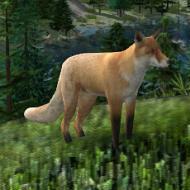

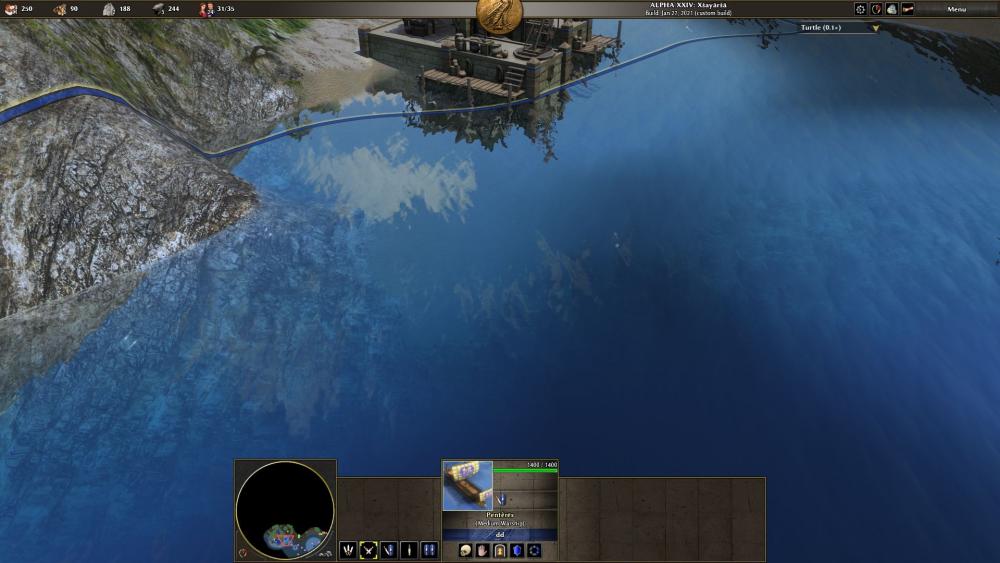
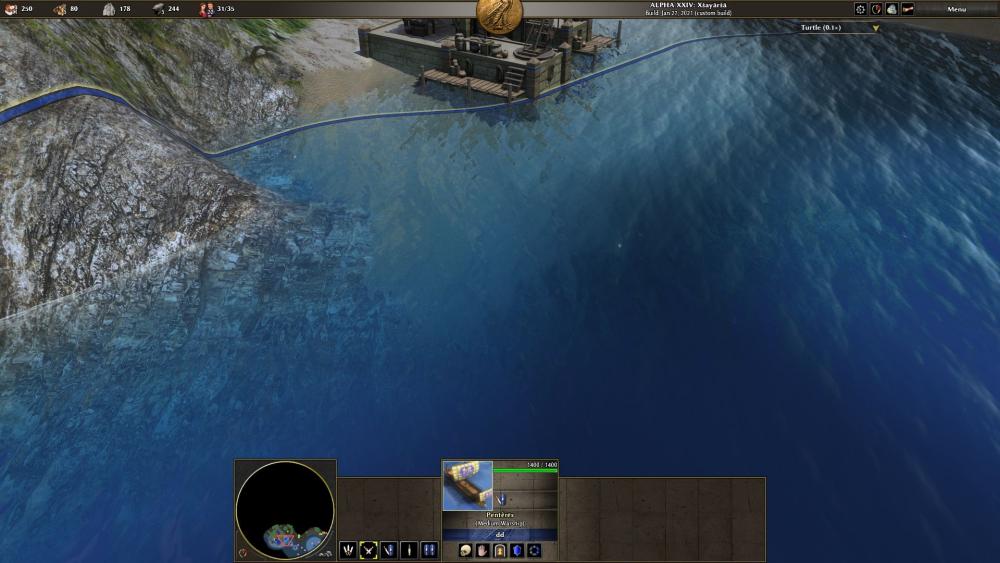
.thumb.jpg.b21ca1d0c15fb56b42c39b25a0a40815.jpg)
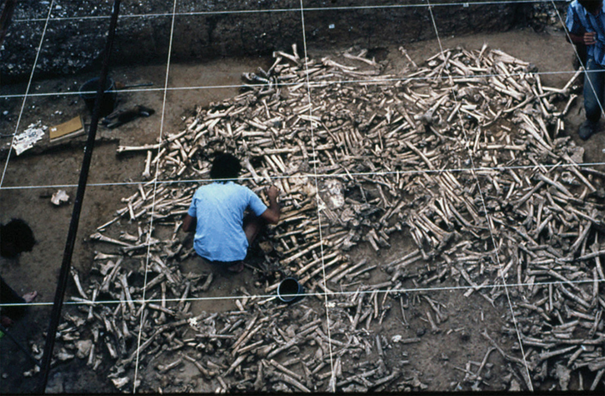
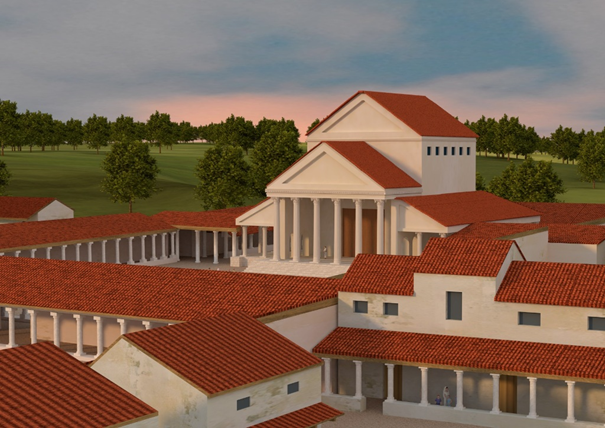
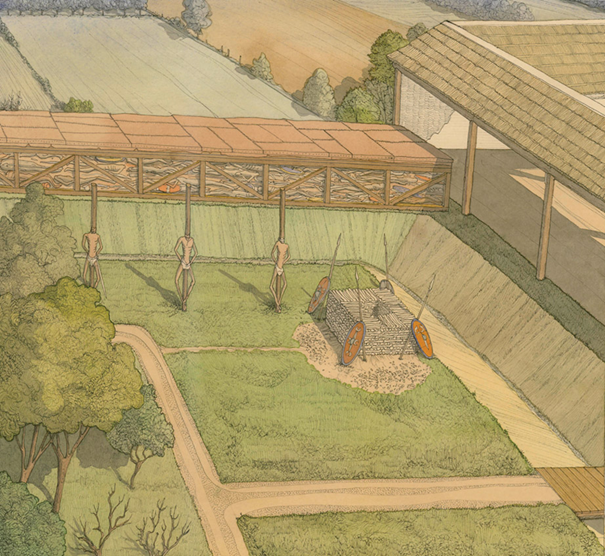
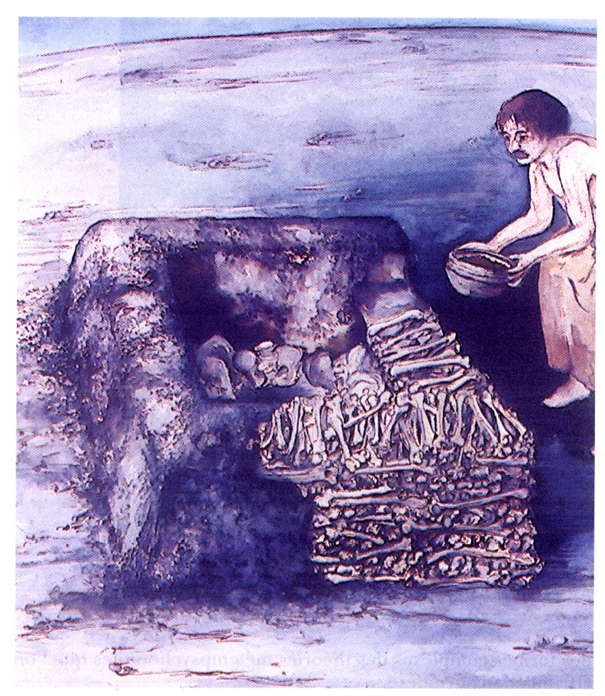
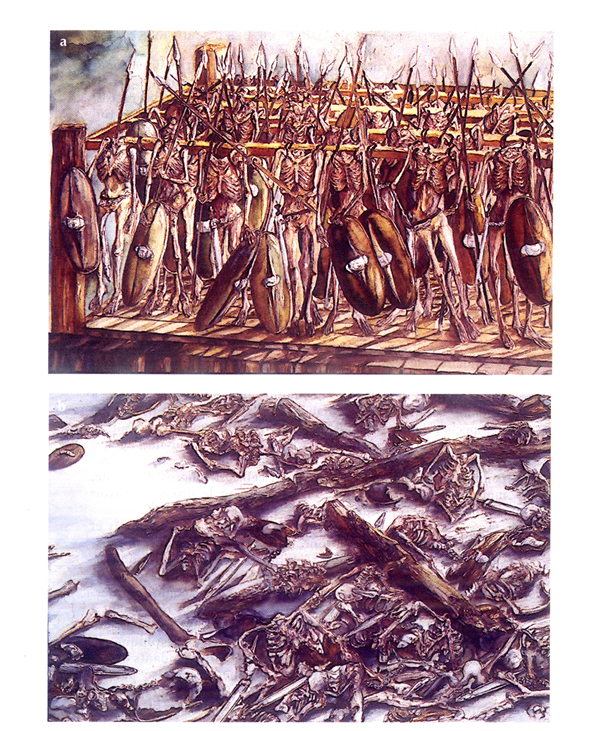
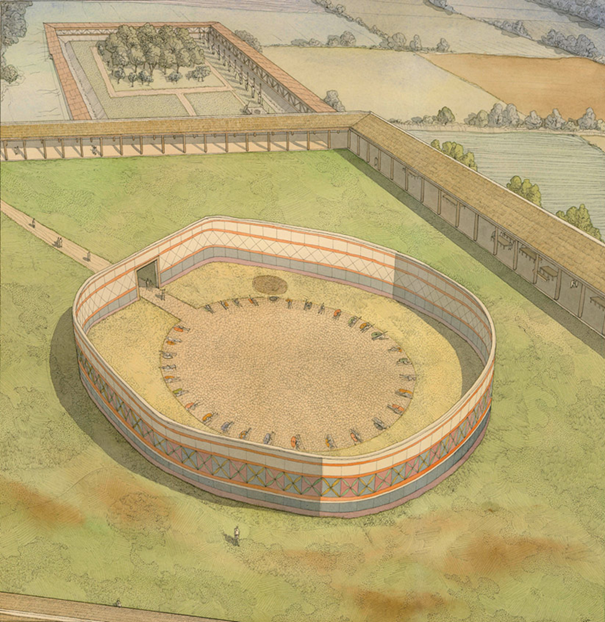
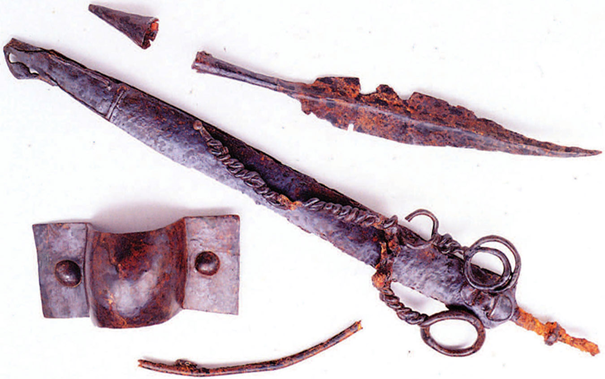
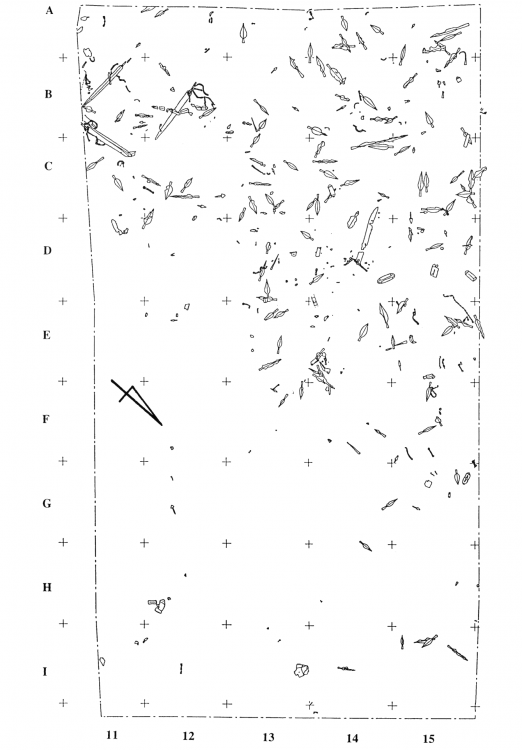
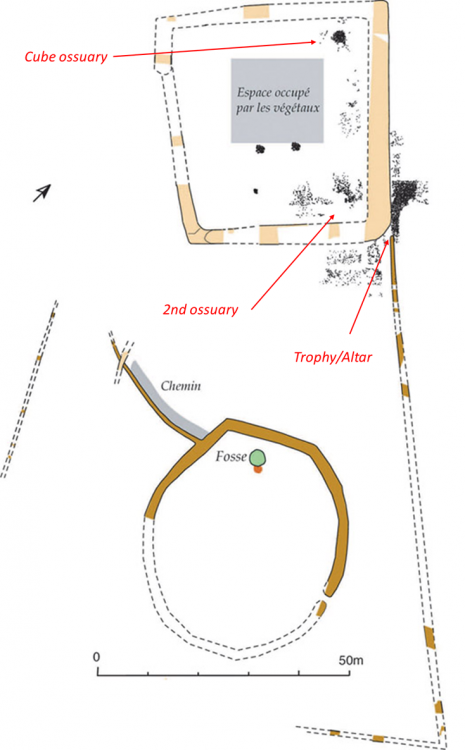




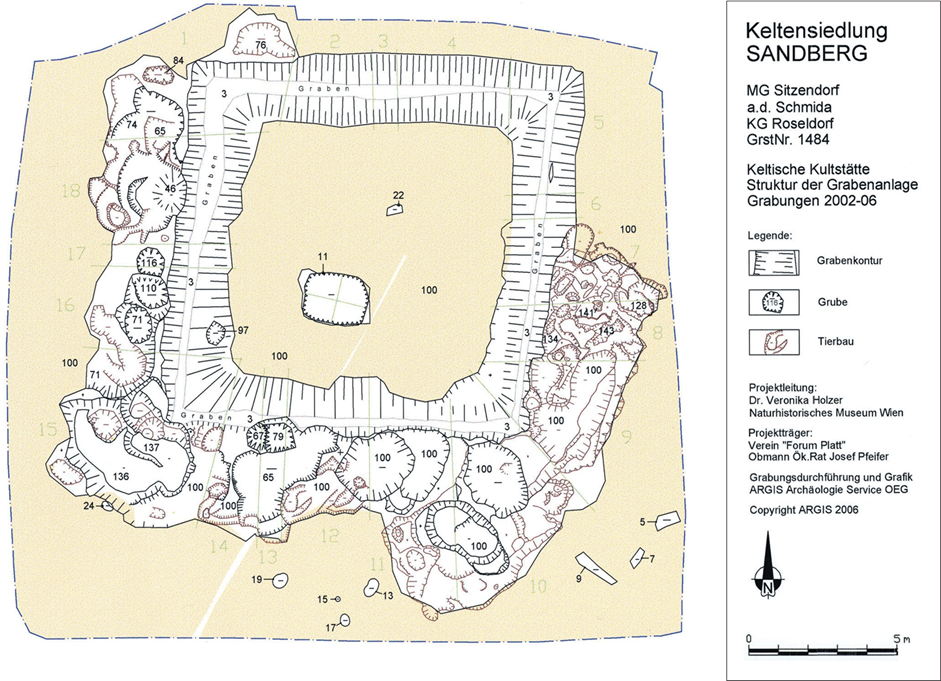
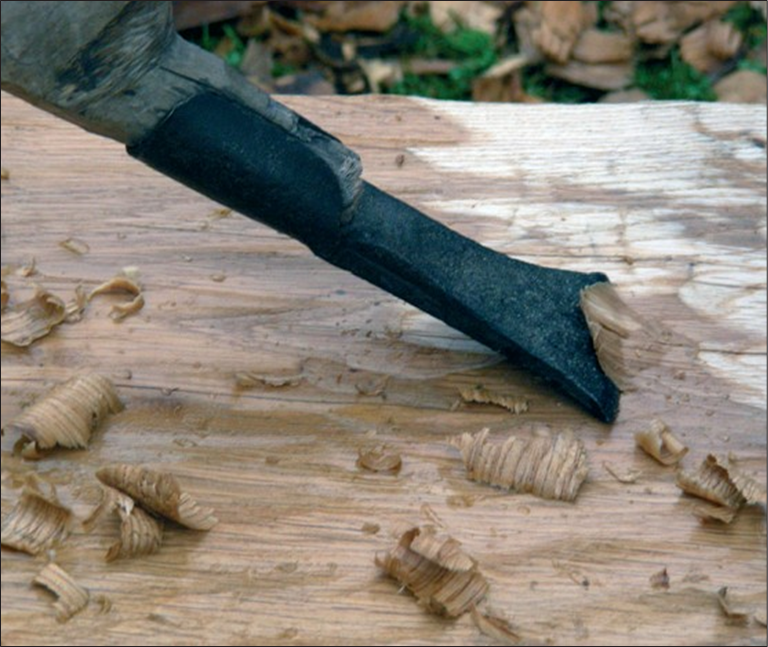
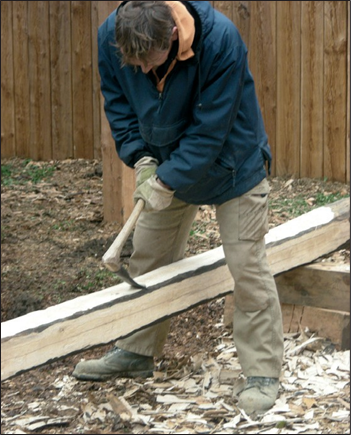
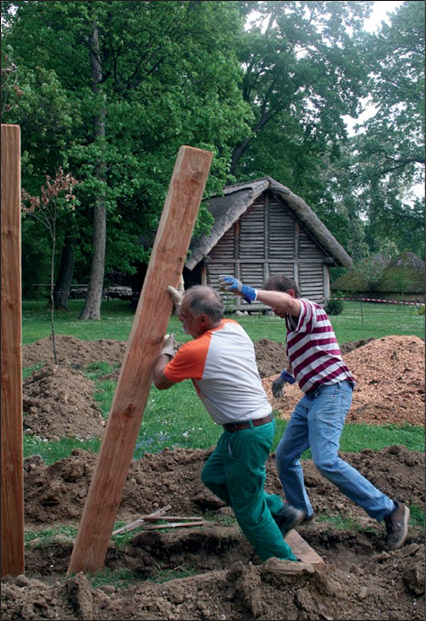
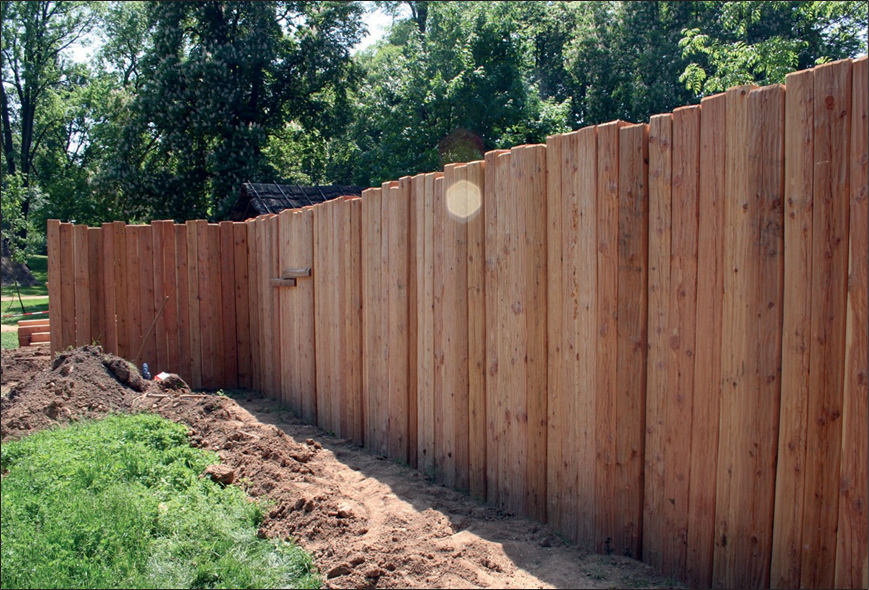
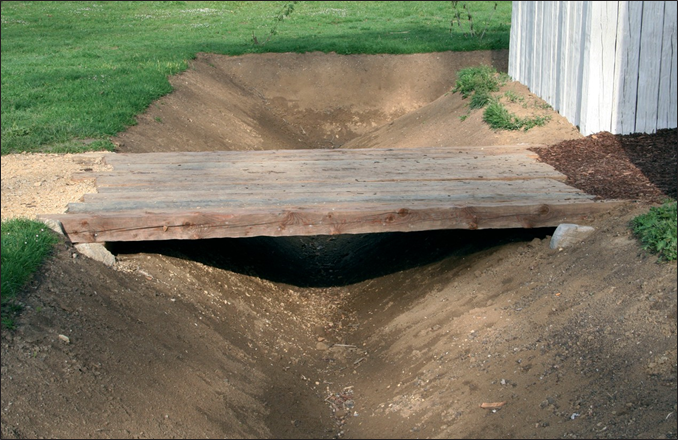
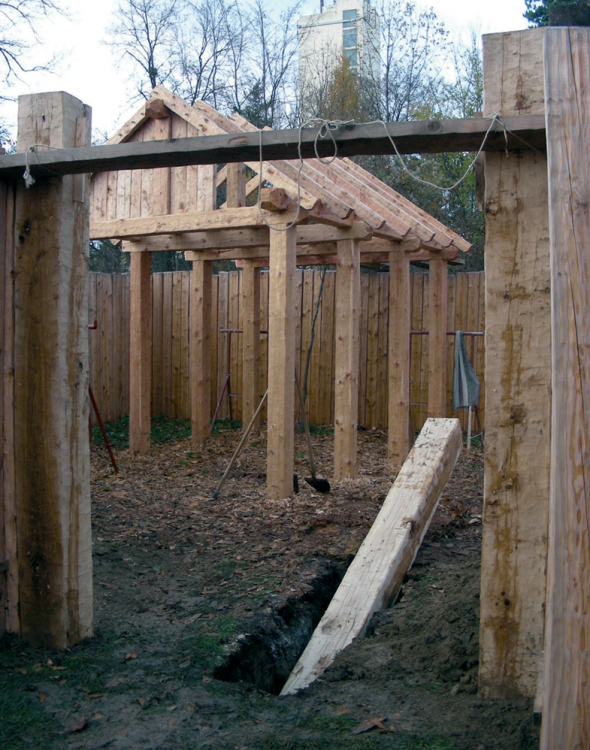
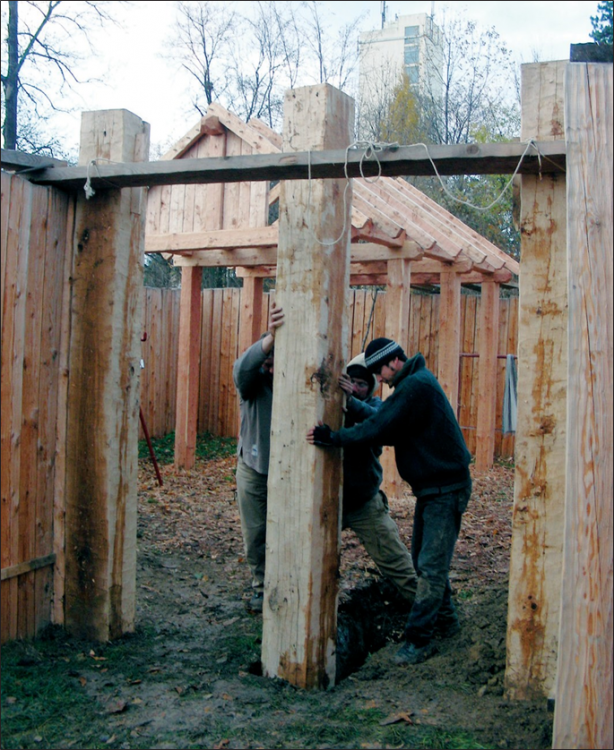
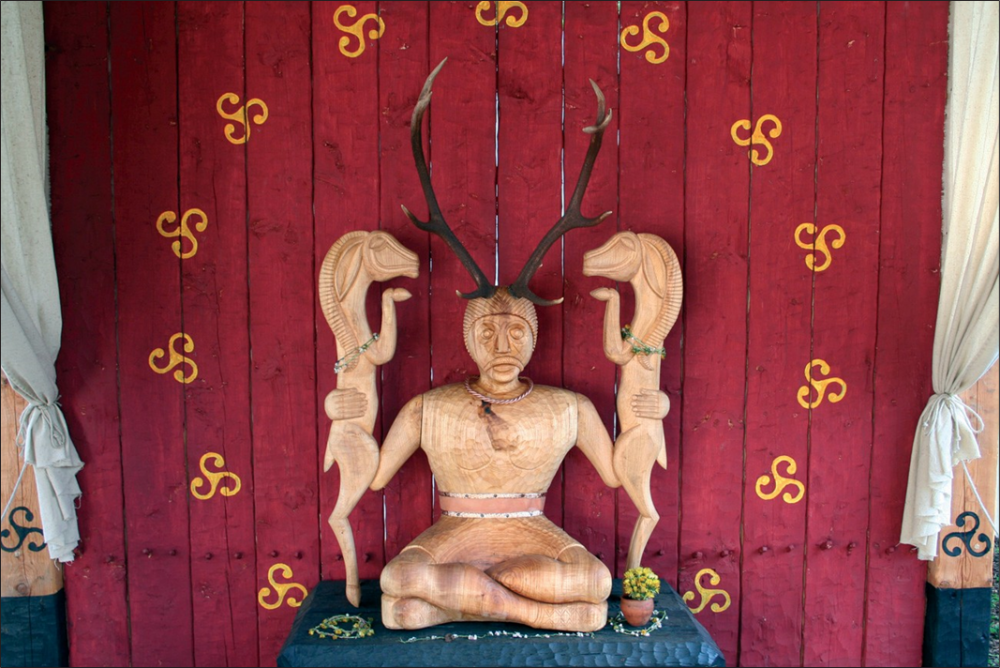
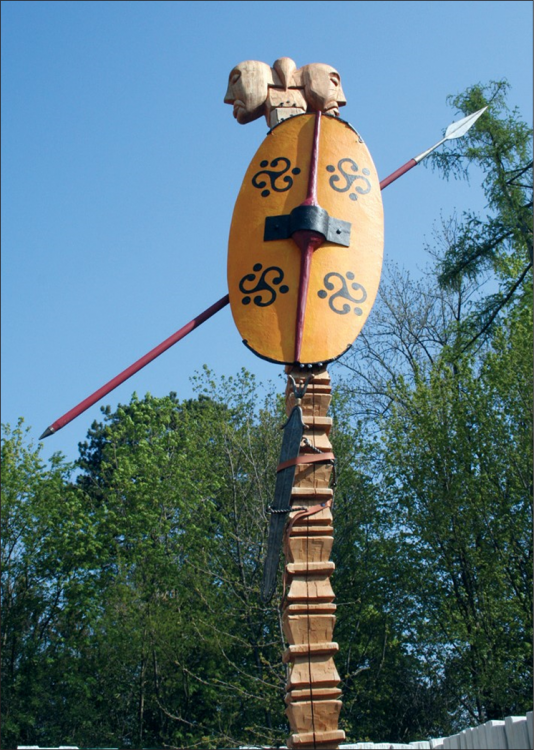
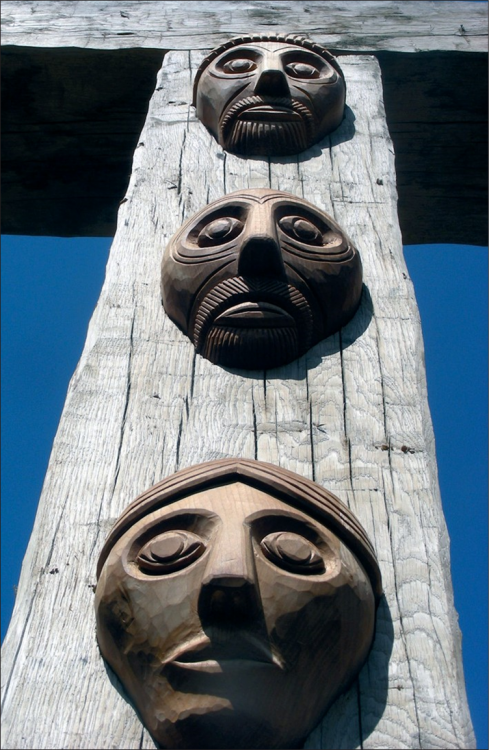
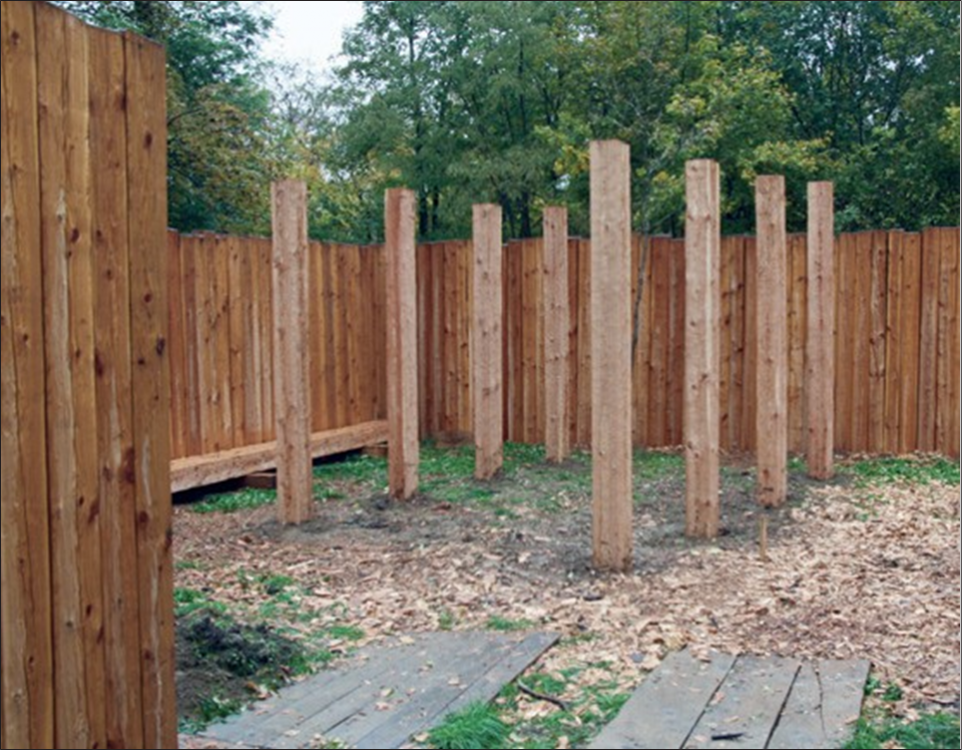
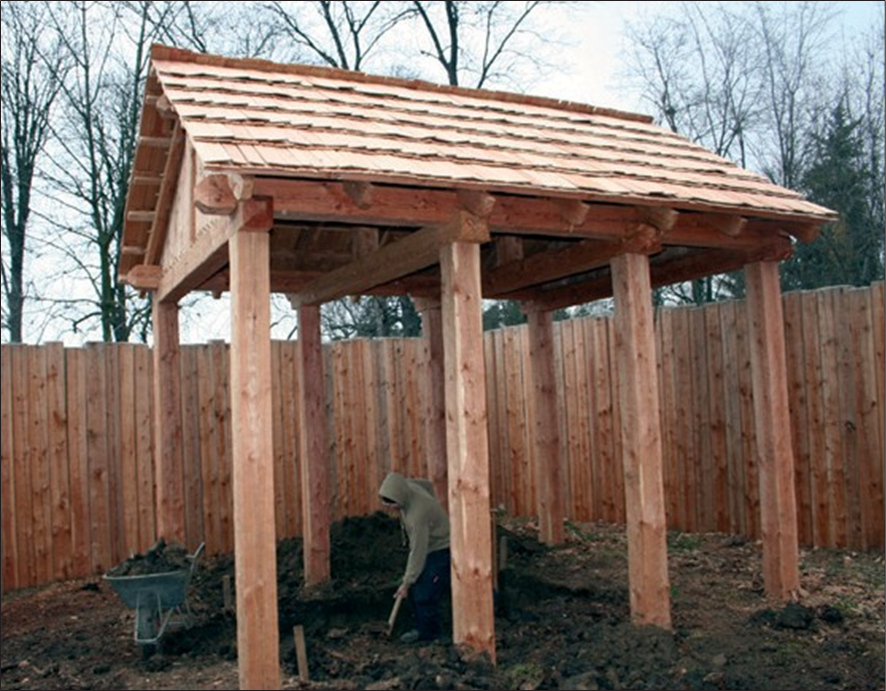
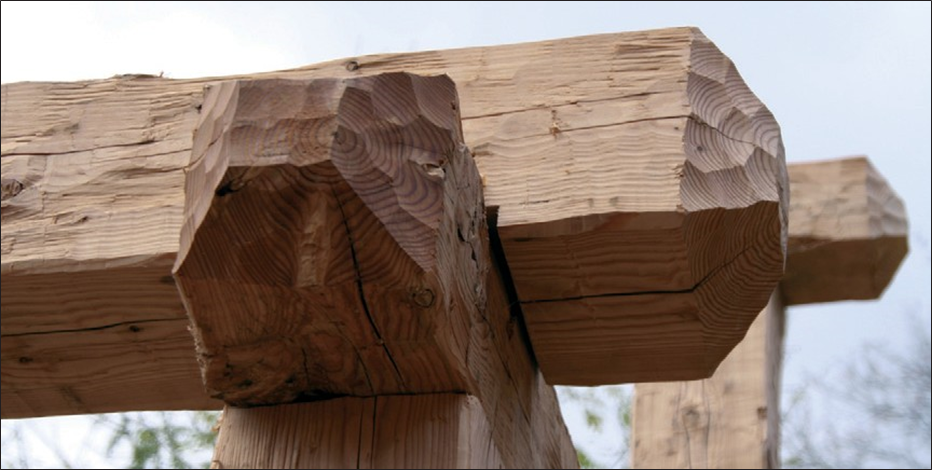
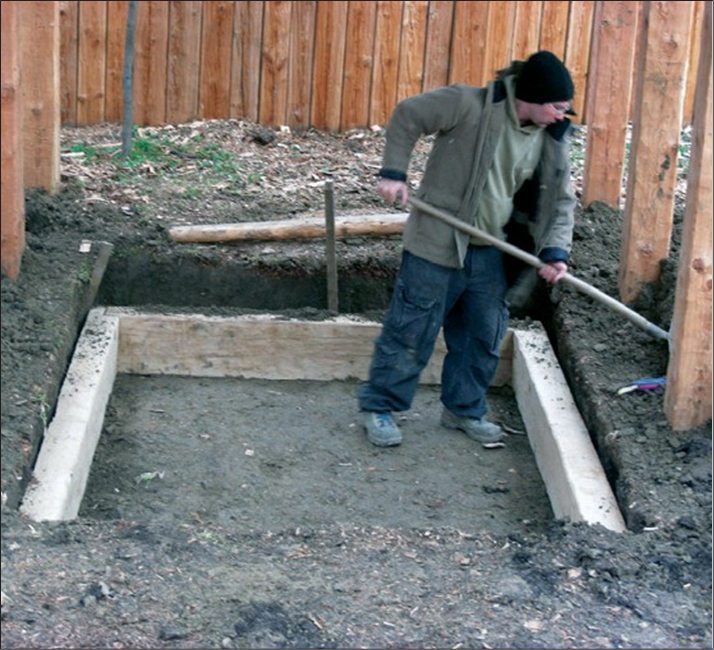
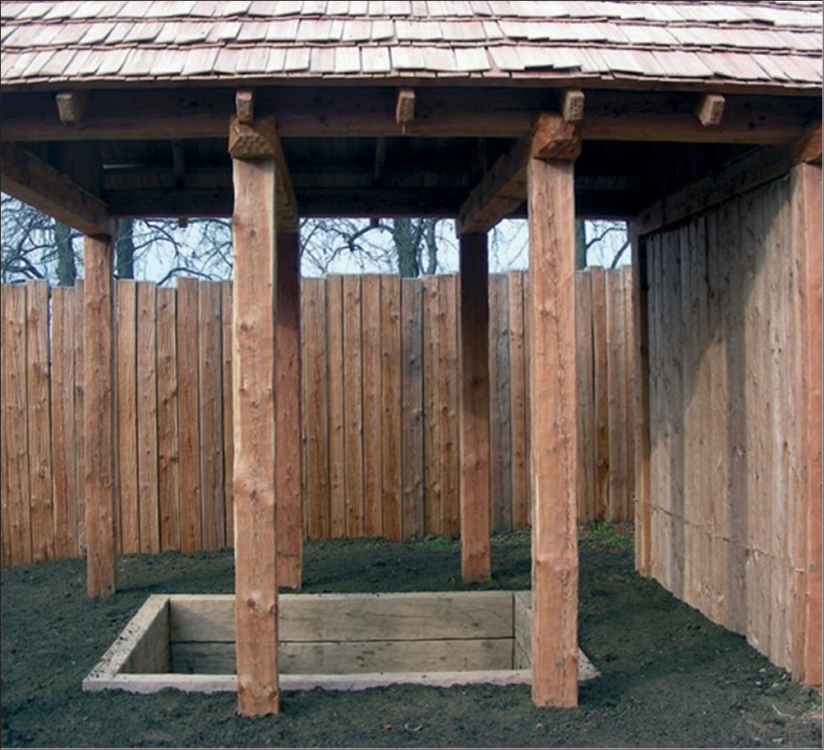
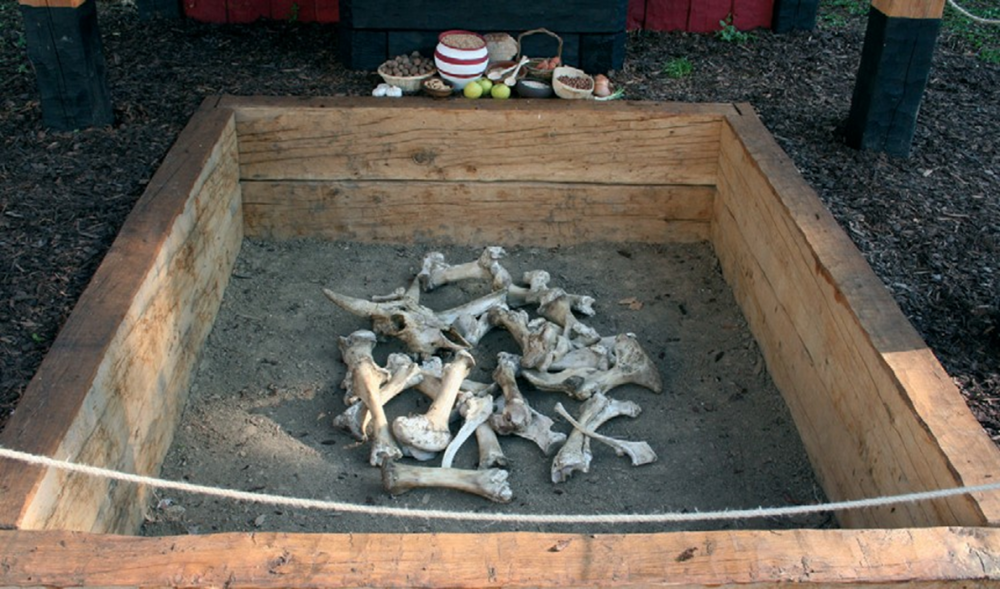
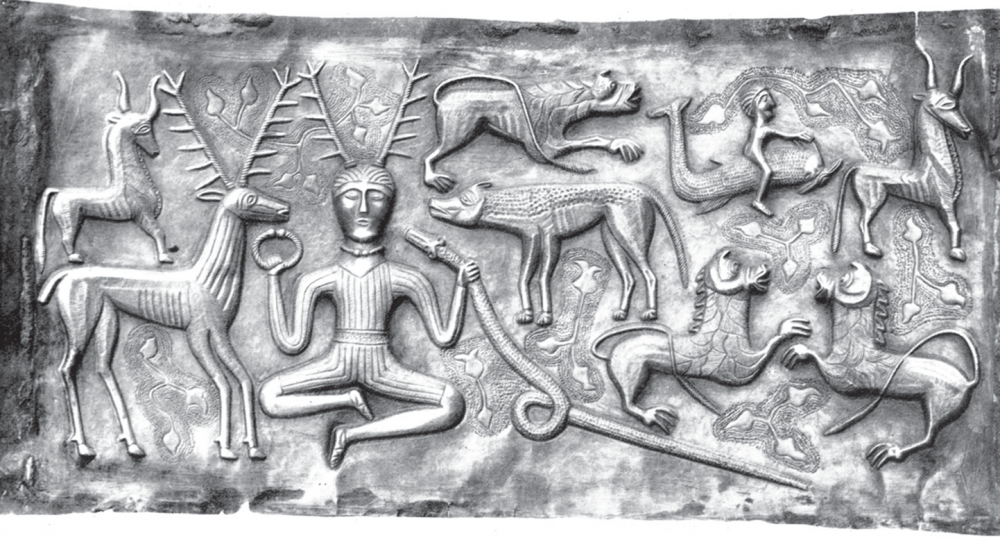
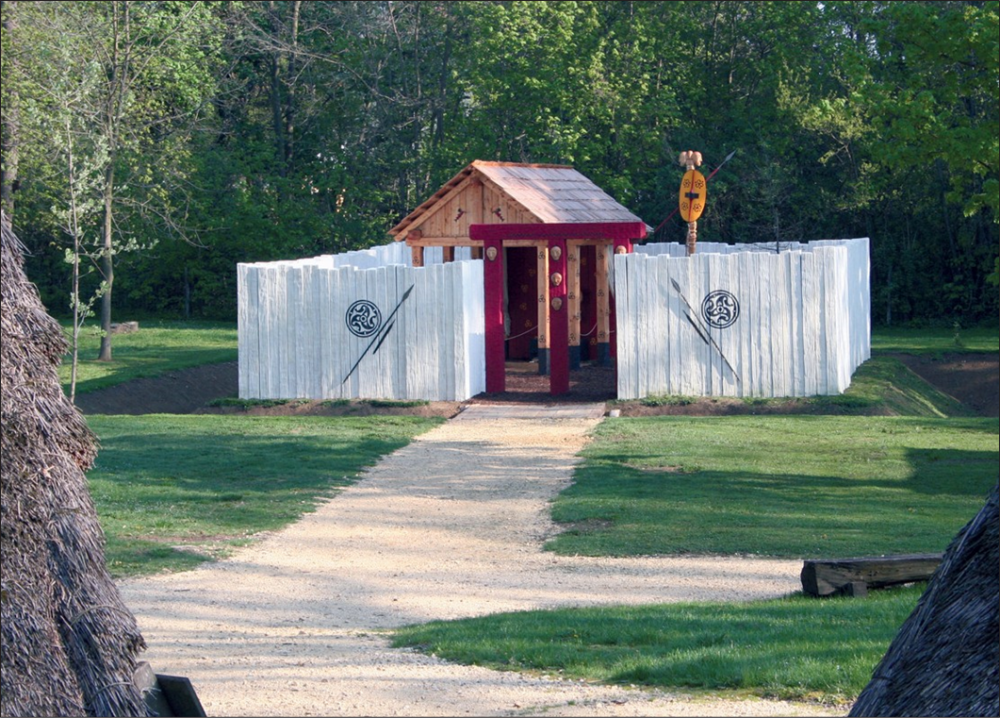
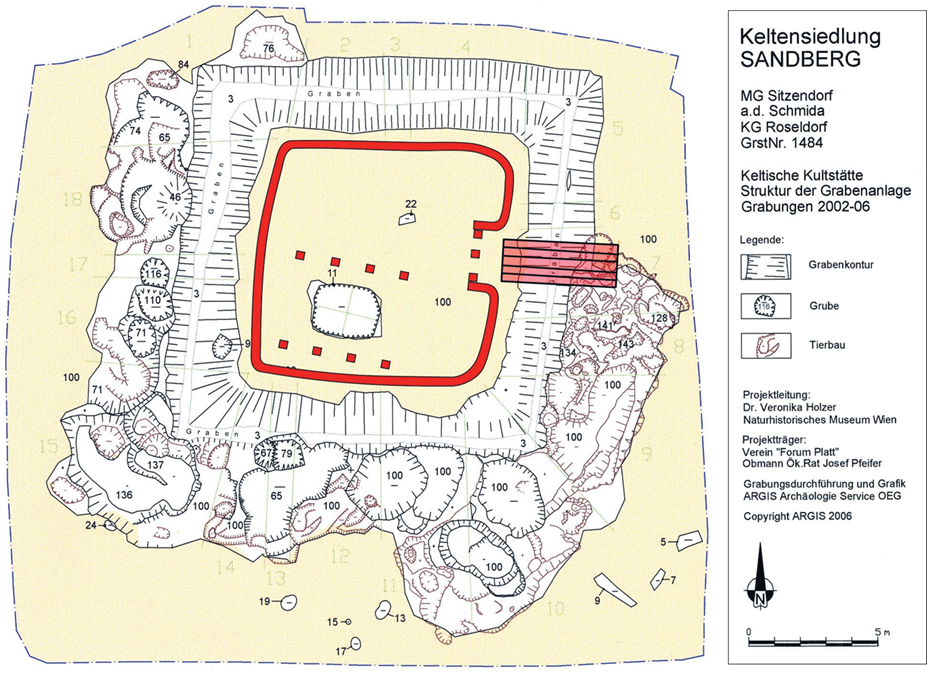
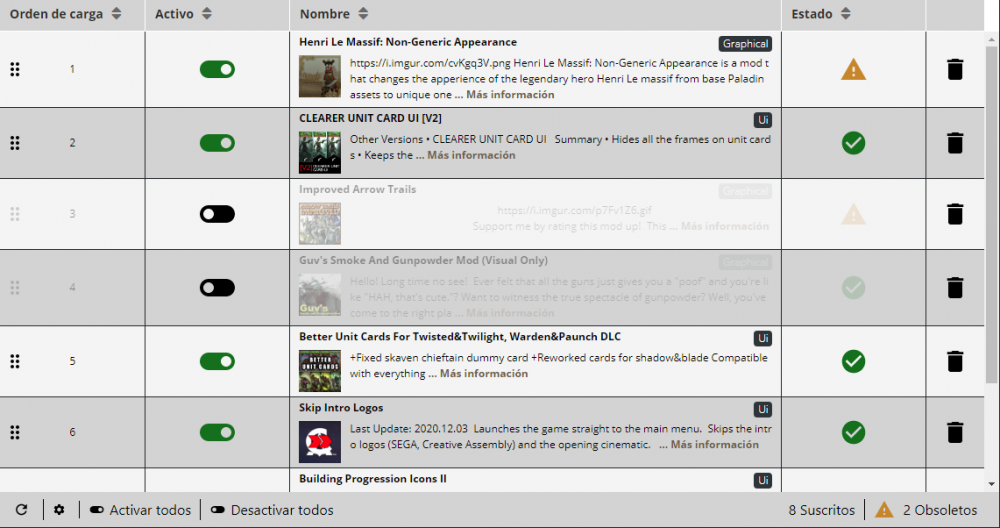
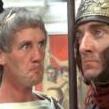

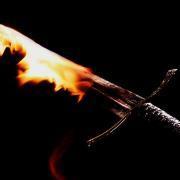
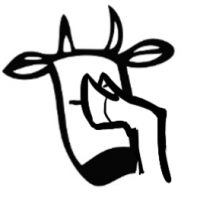

.thumb.jpg.b85f1db9873287a0d10cd2c7e88579c0.jpg)
